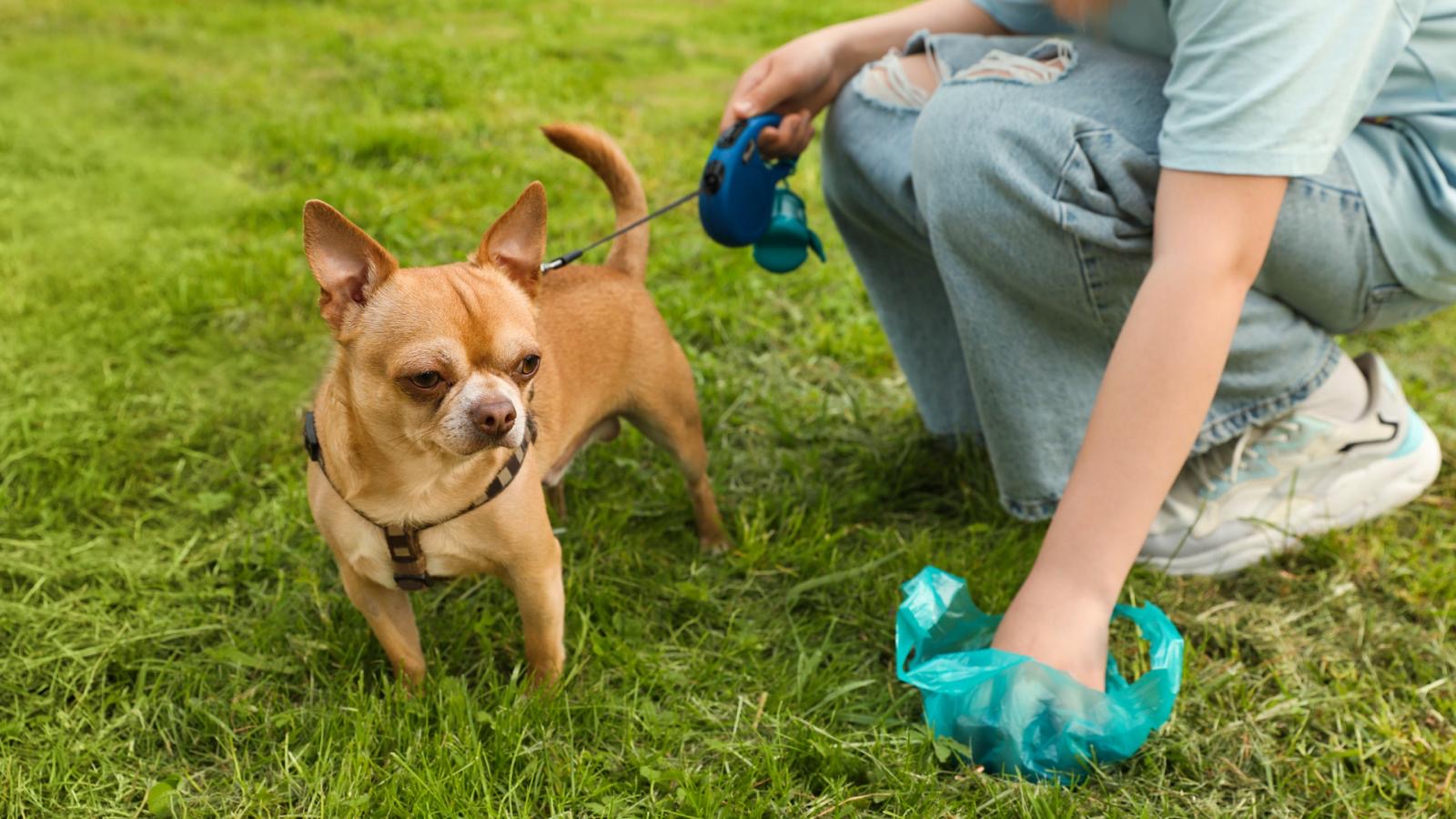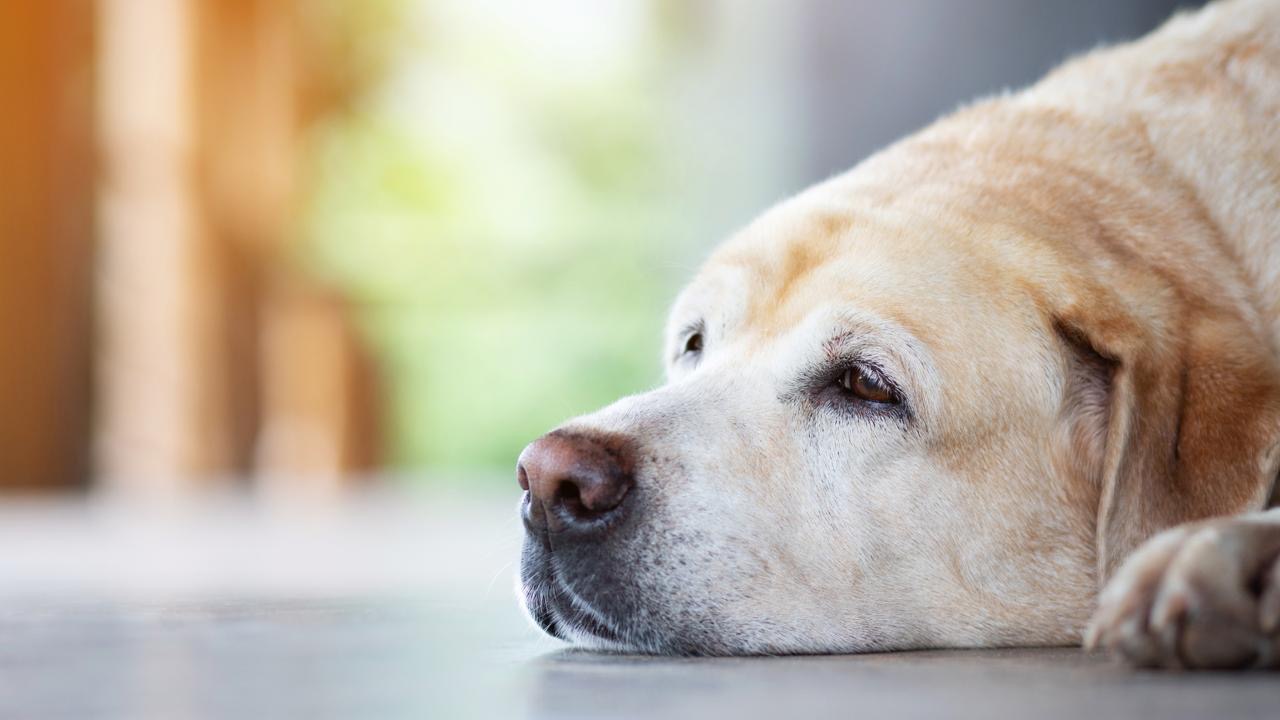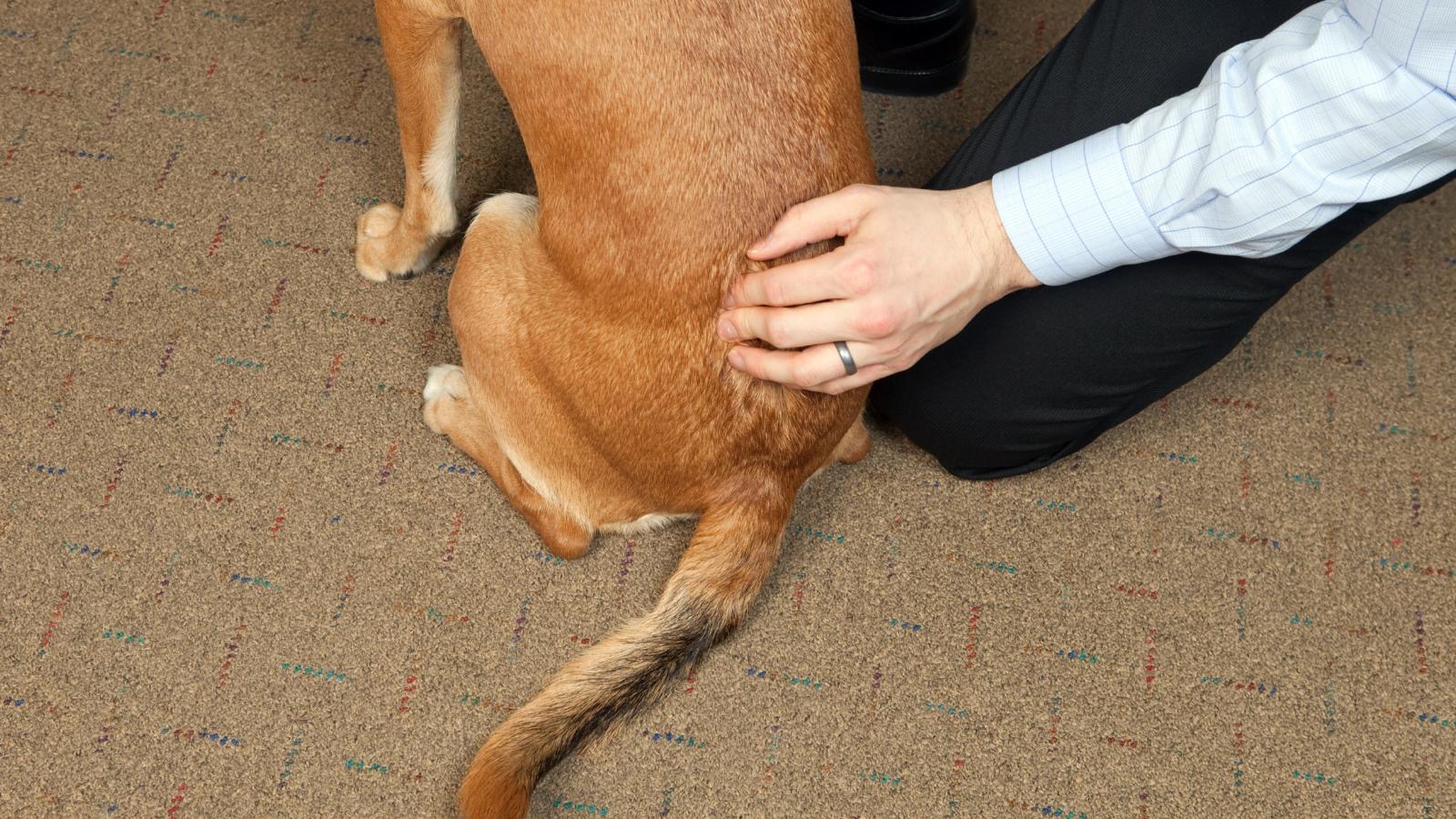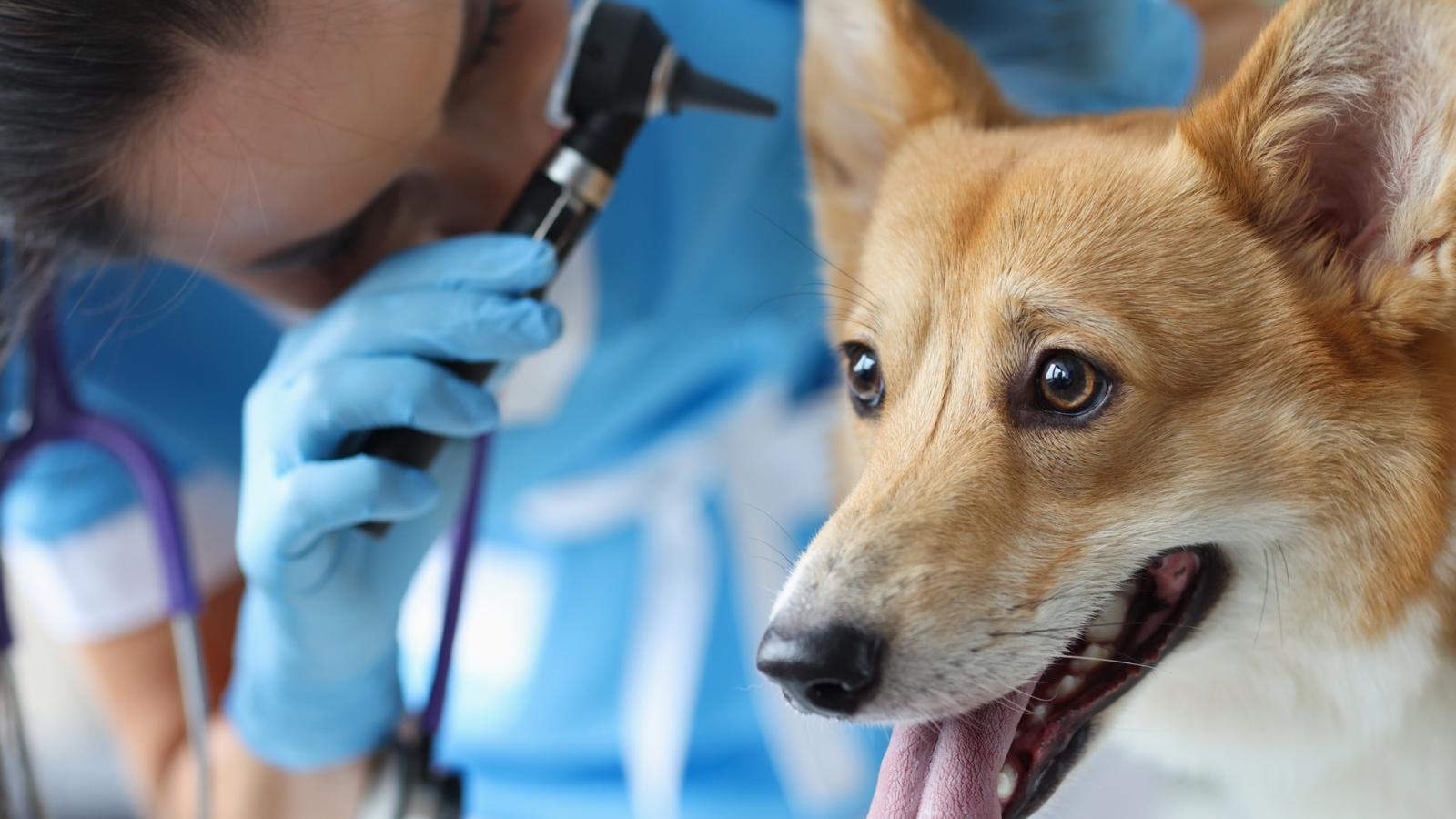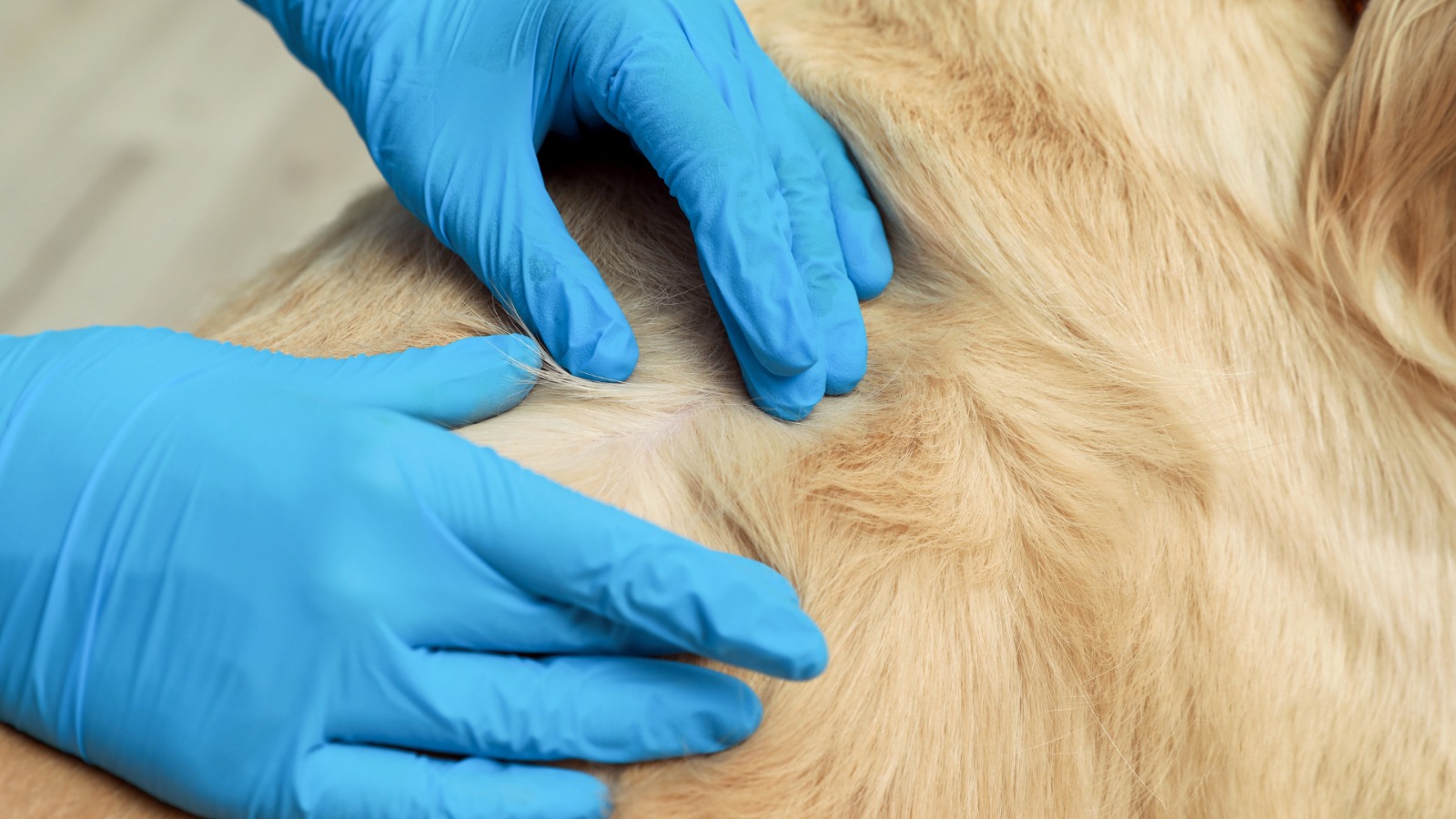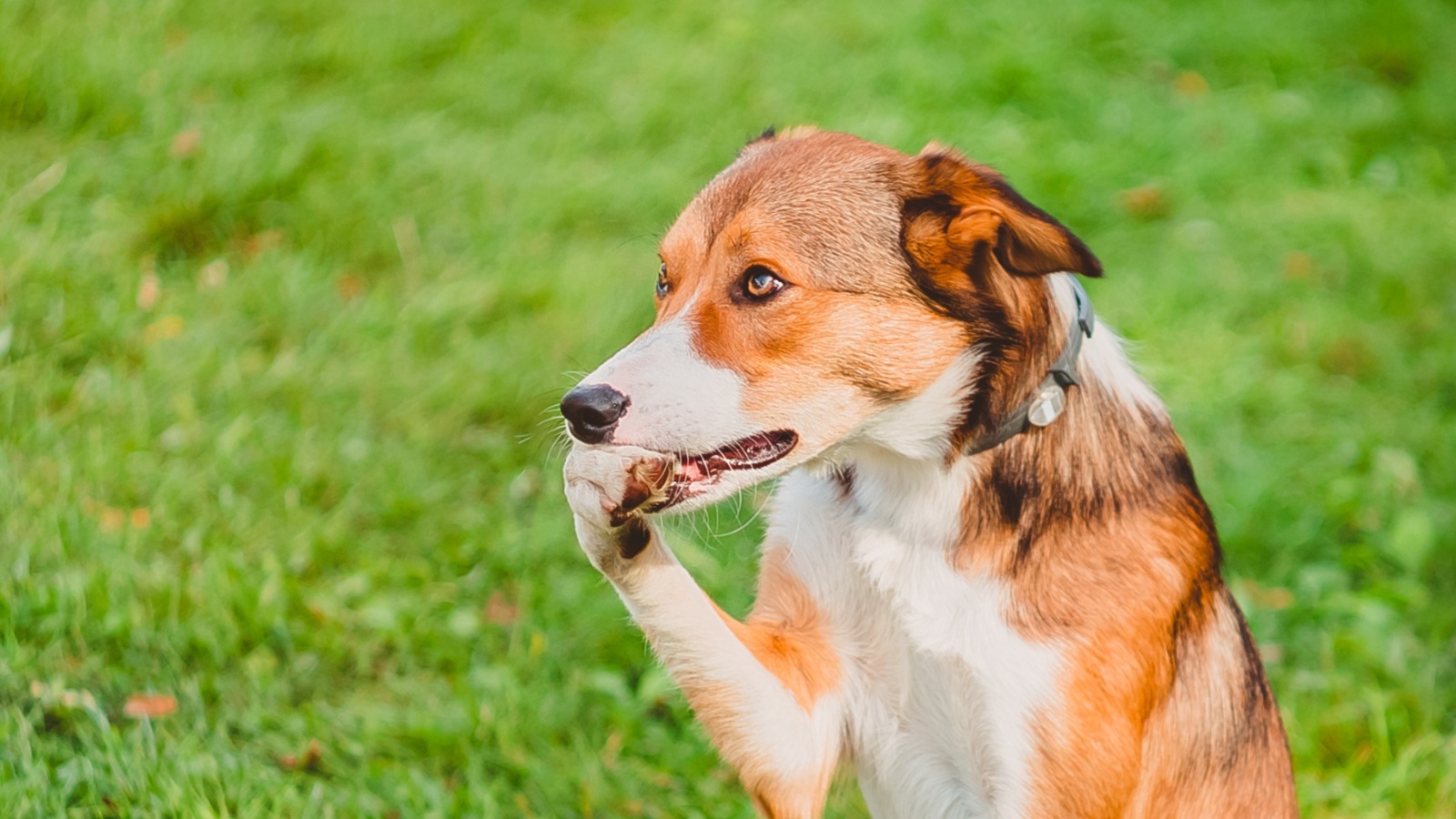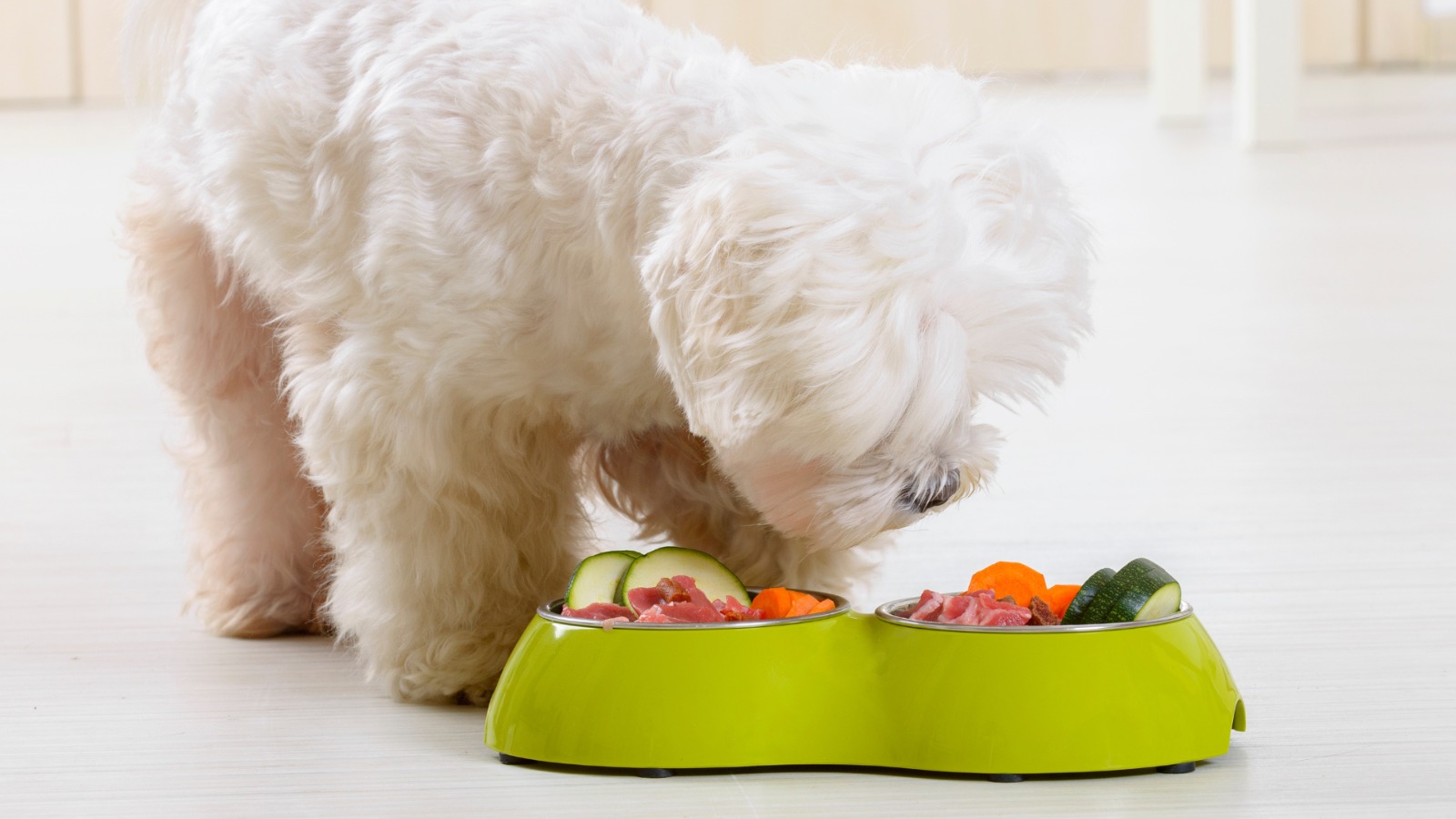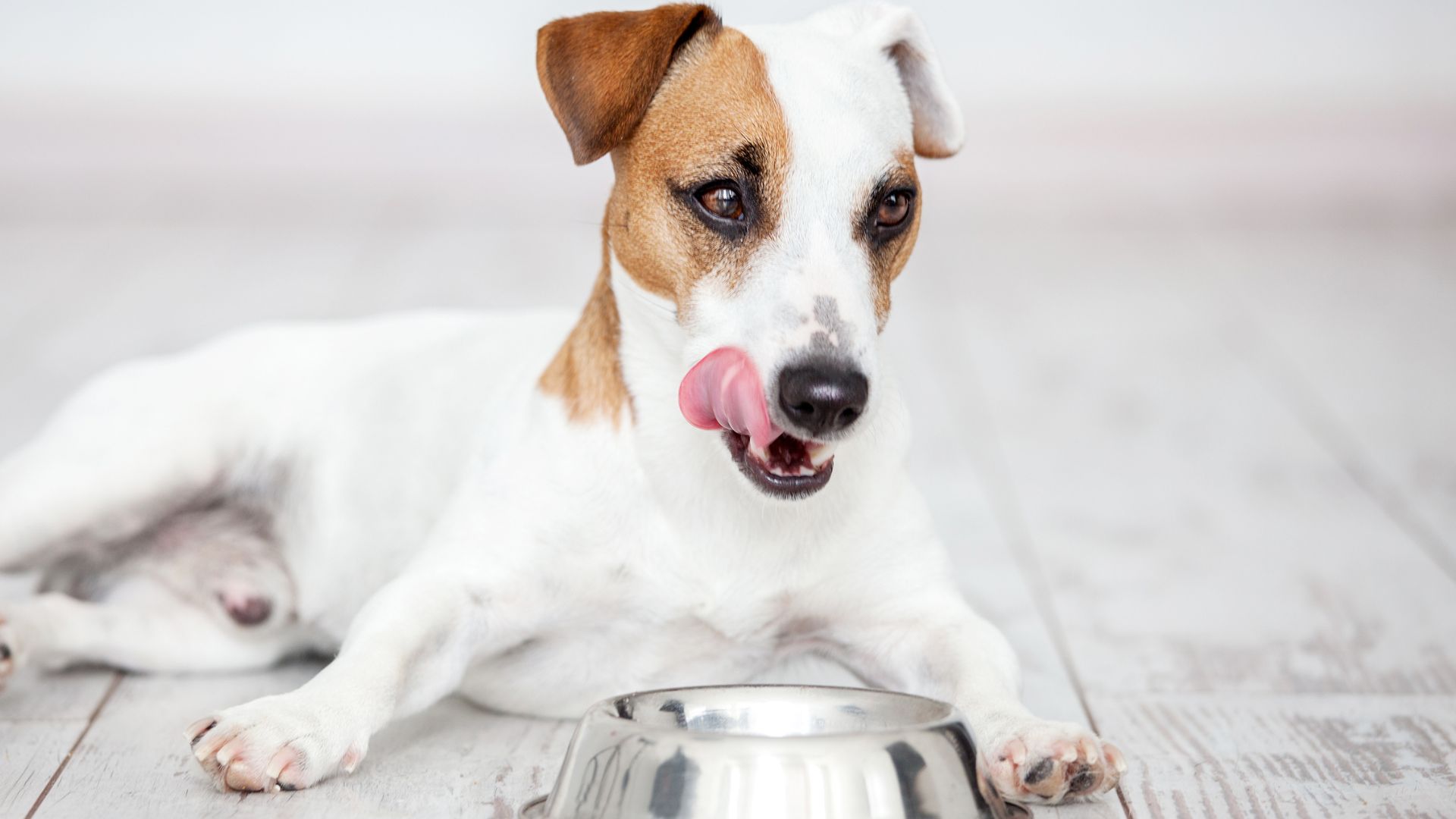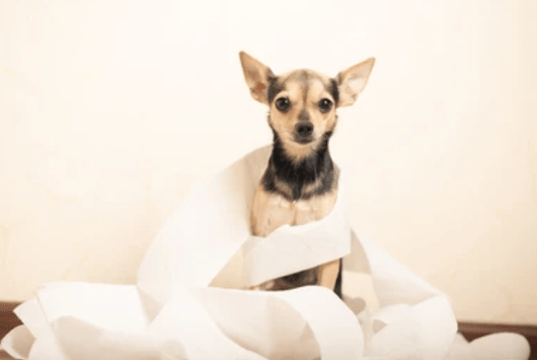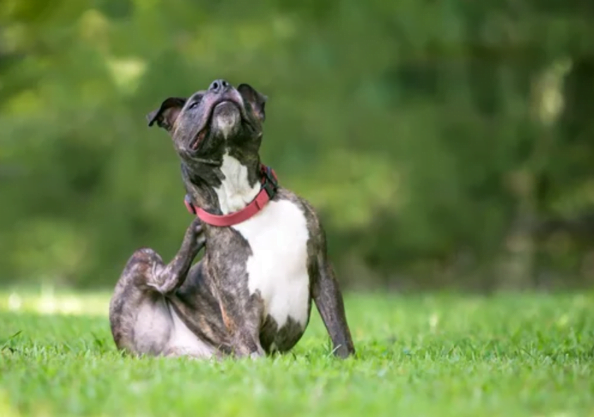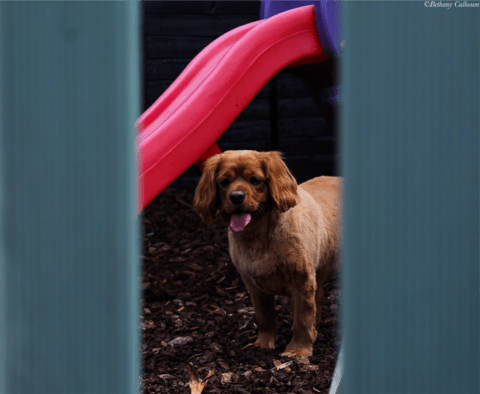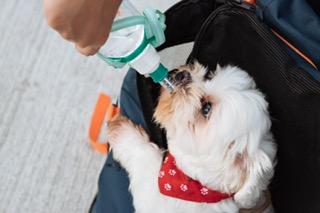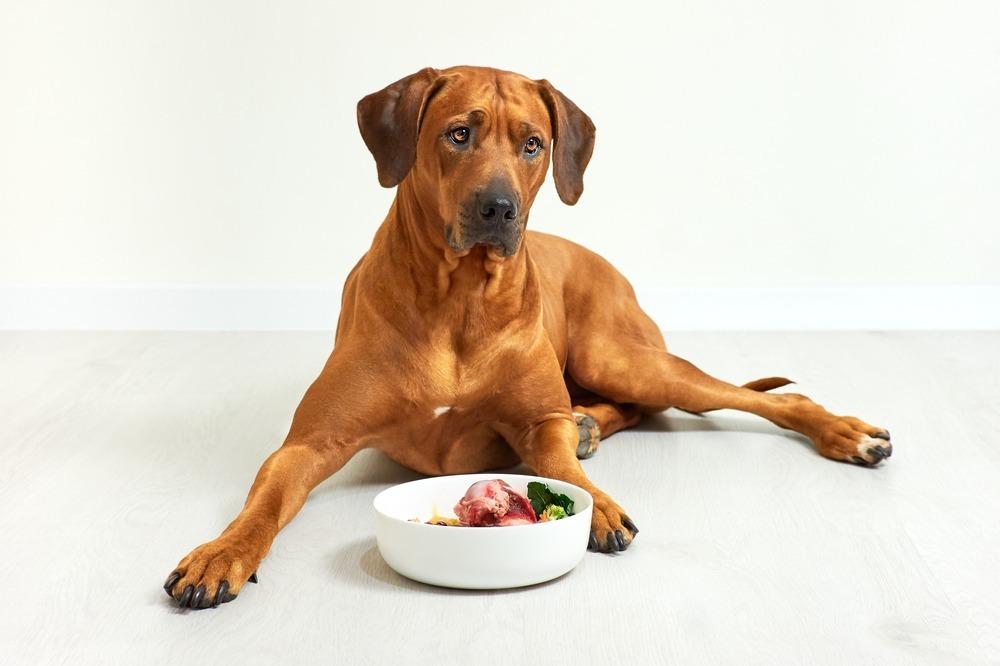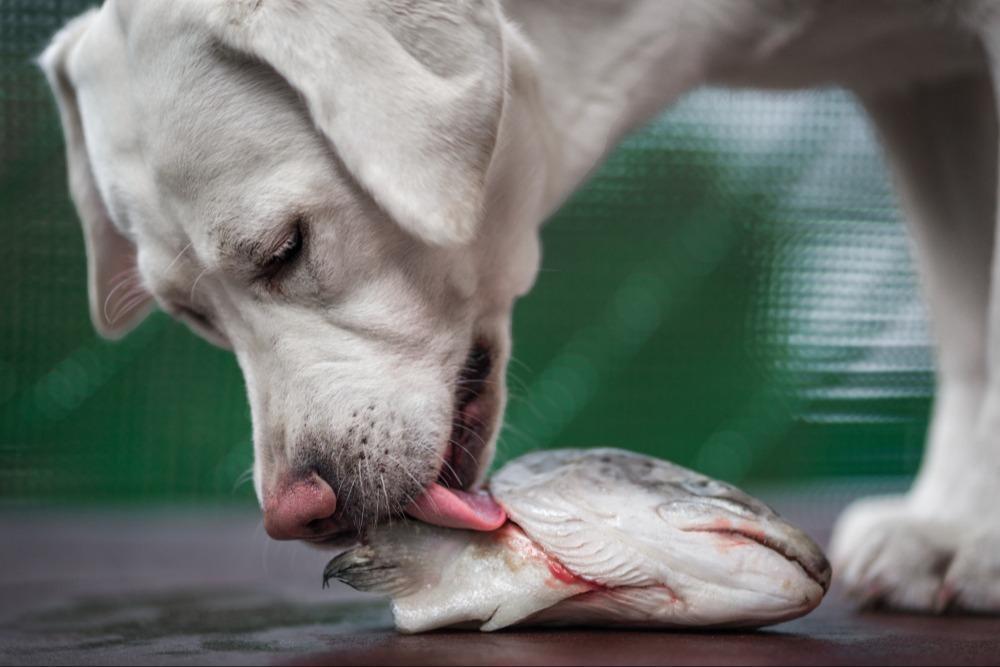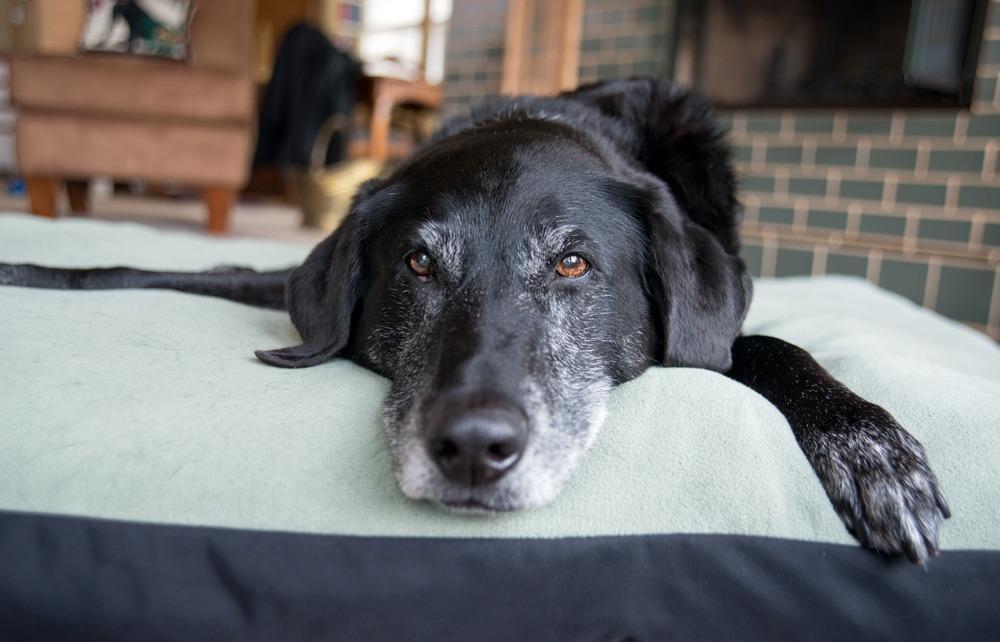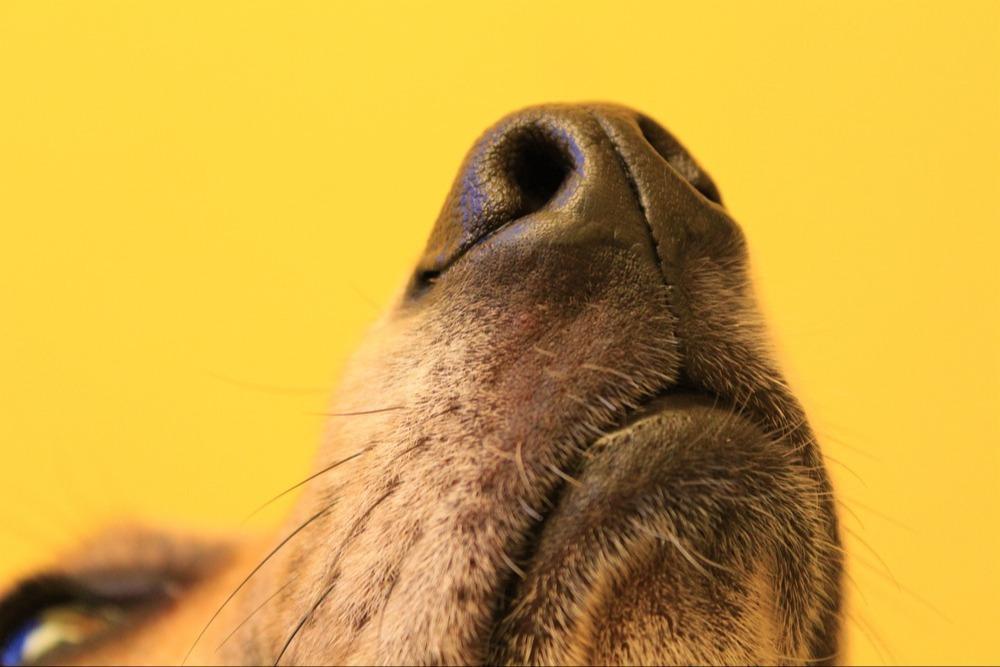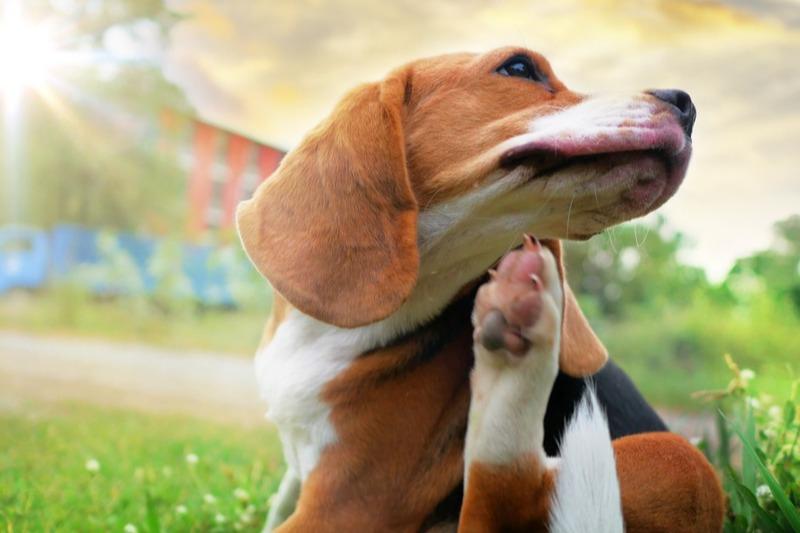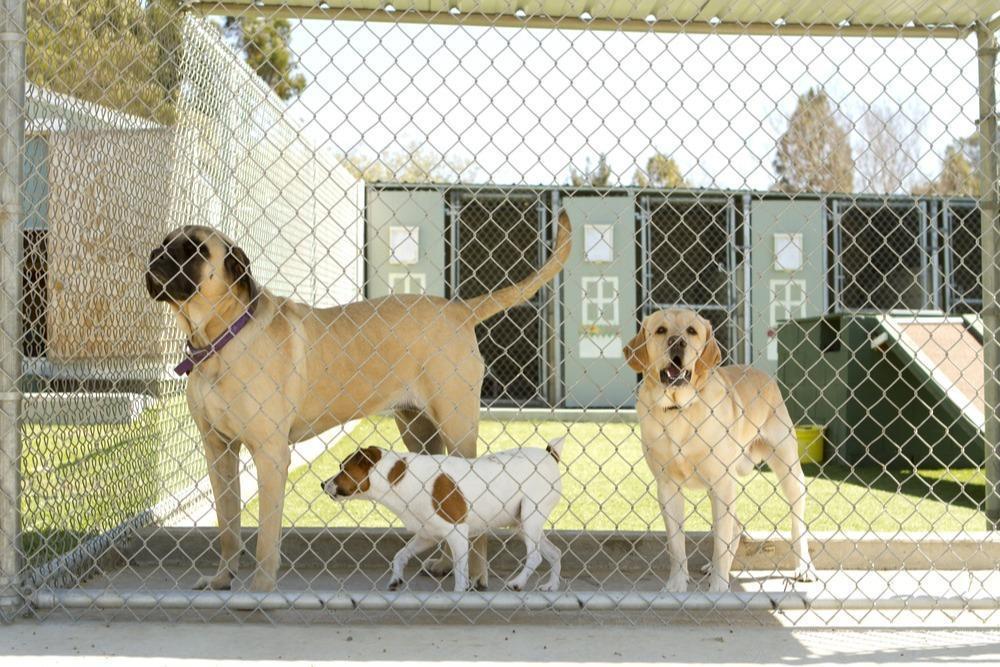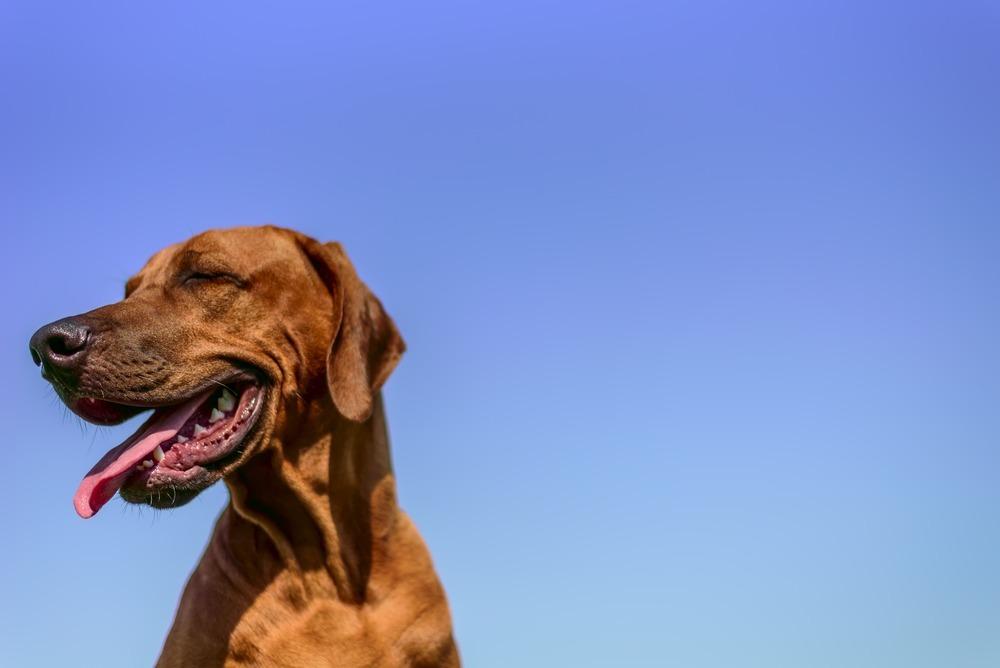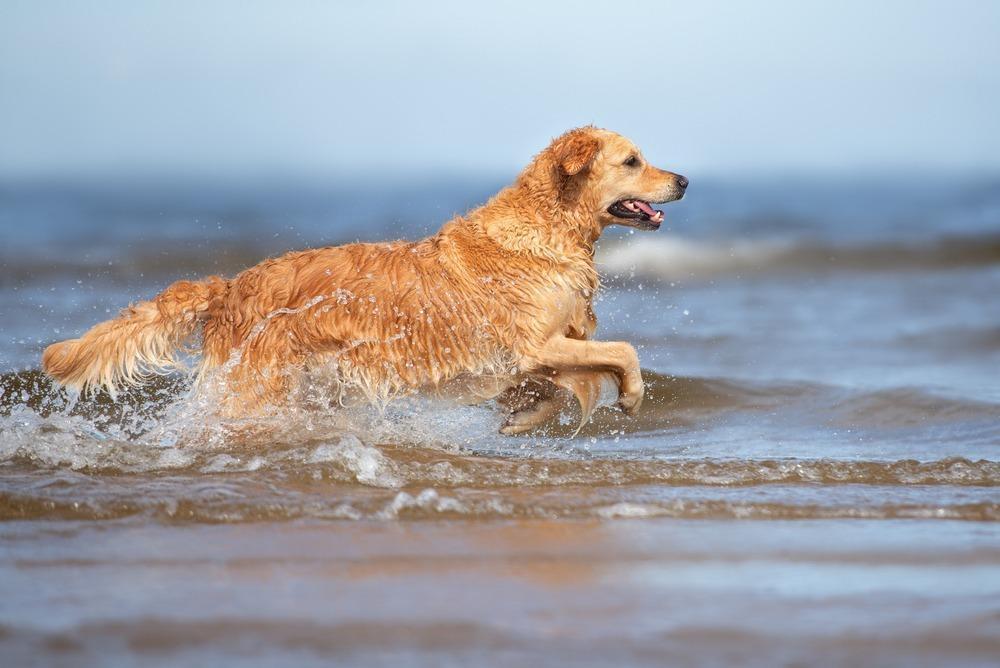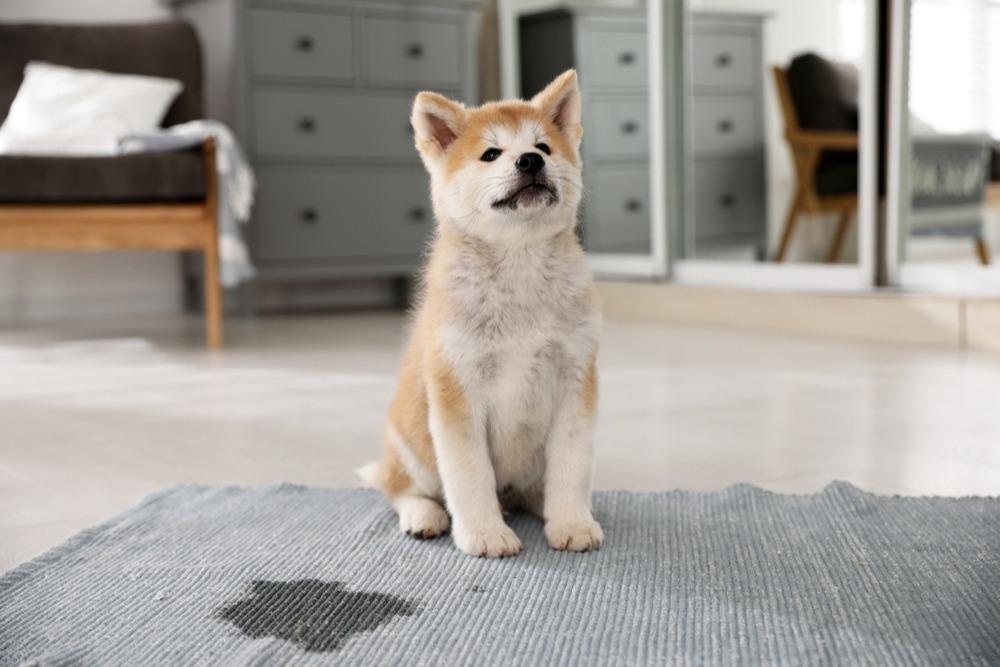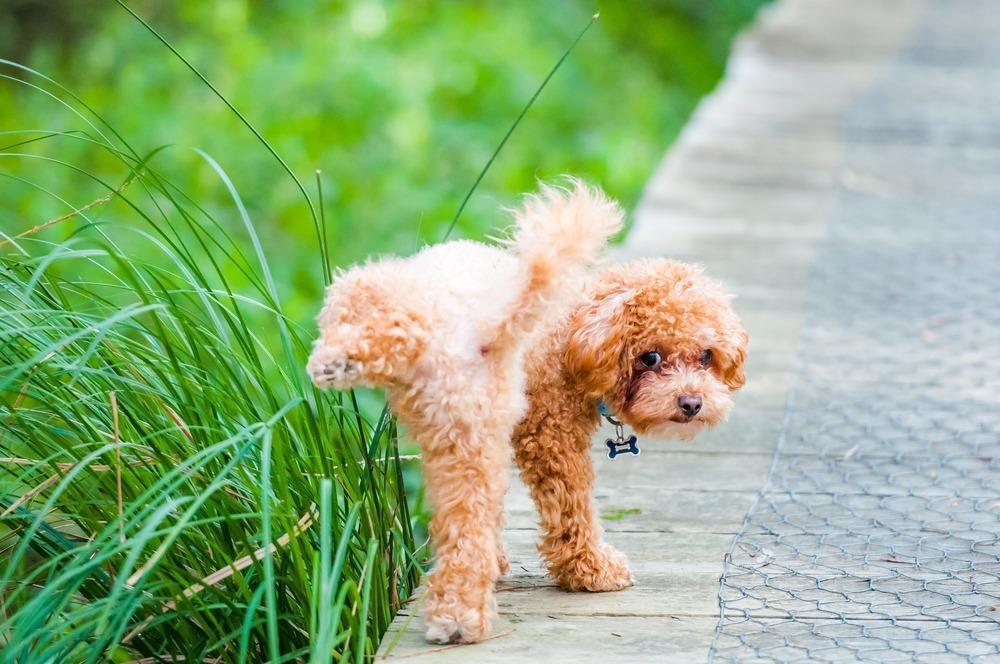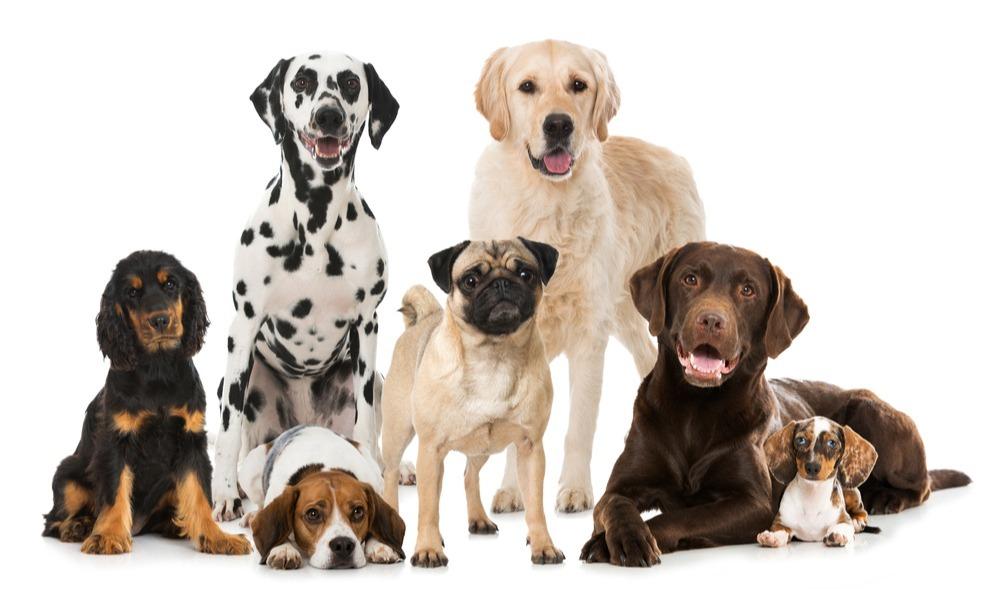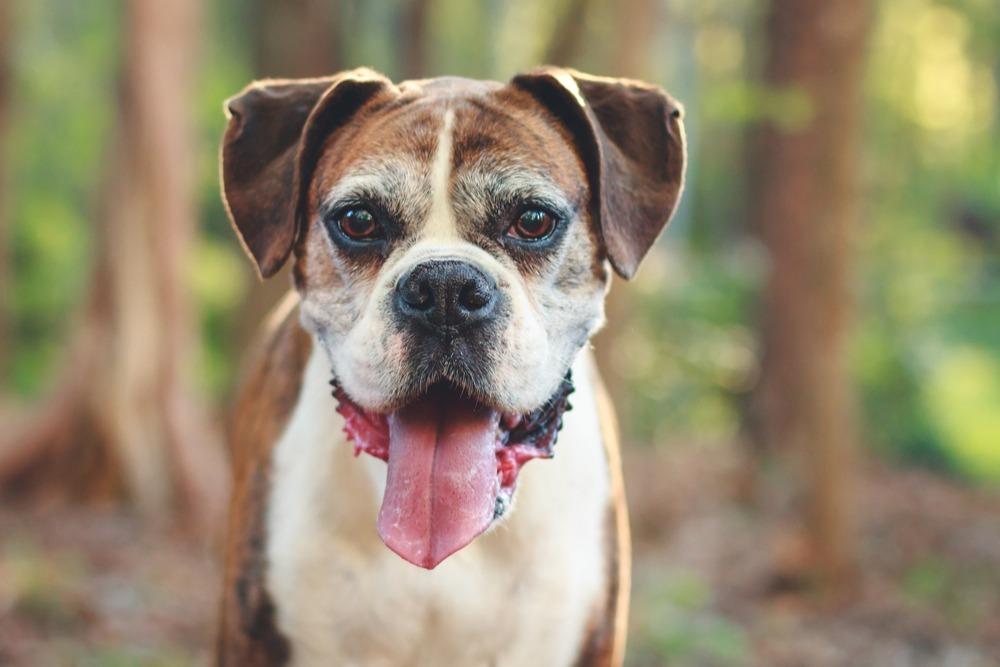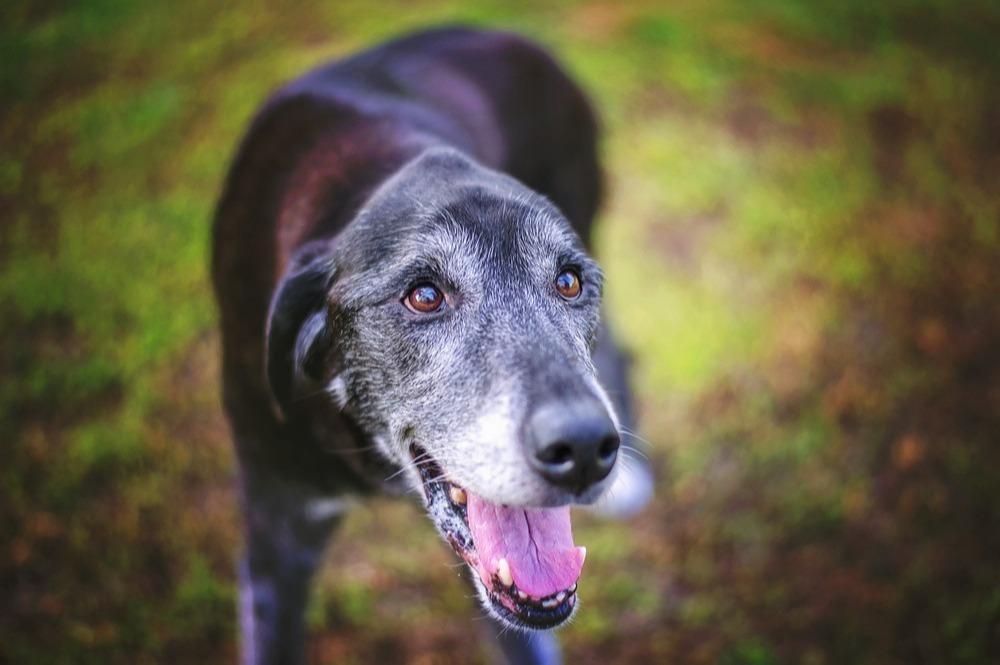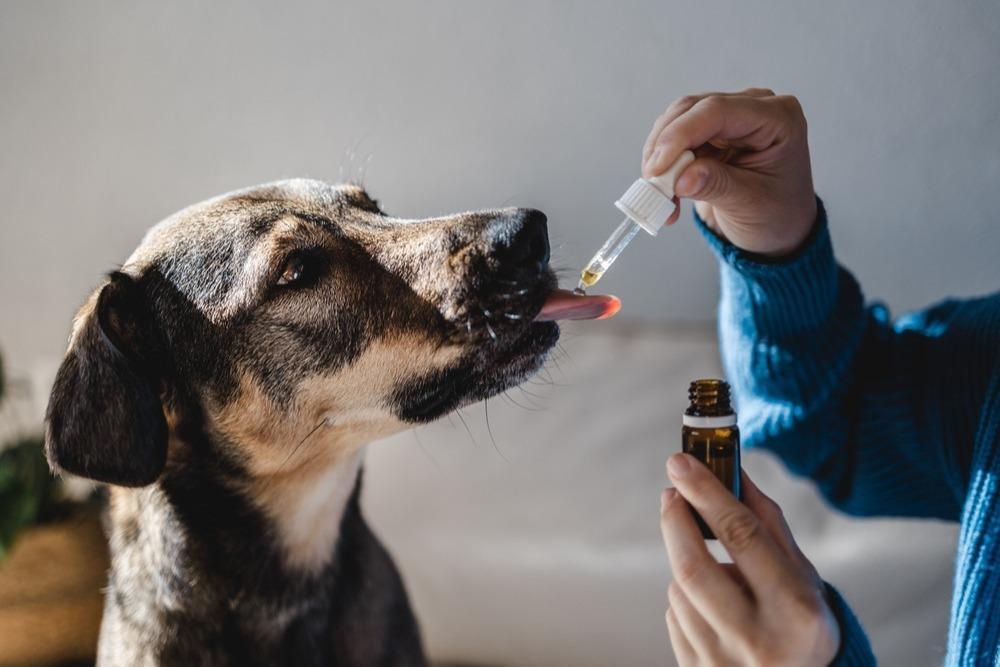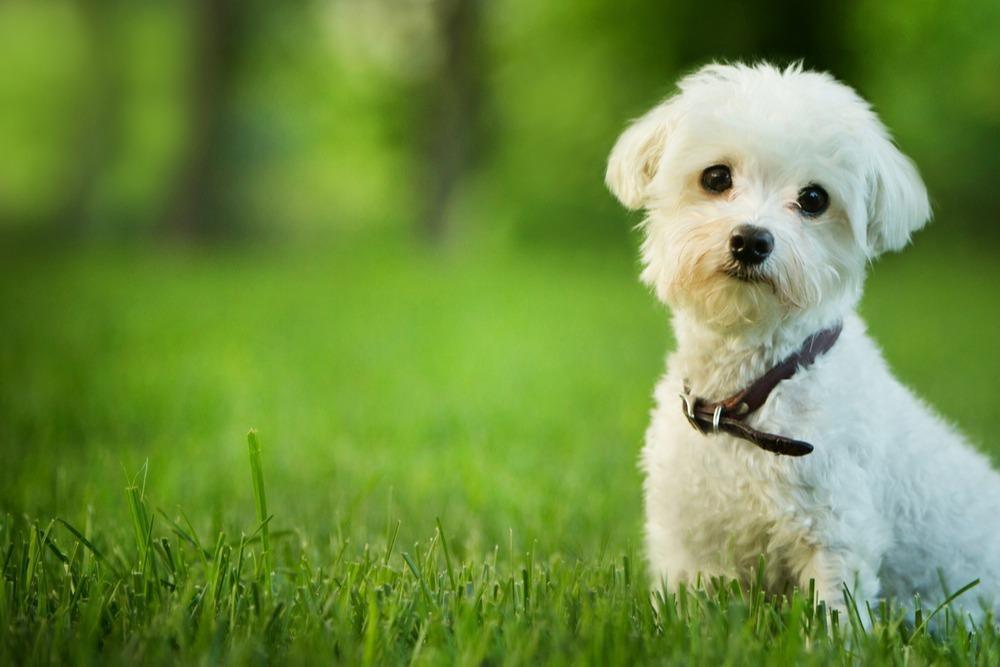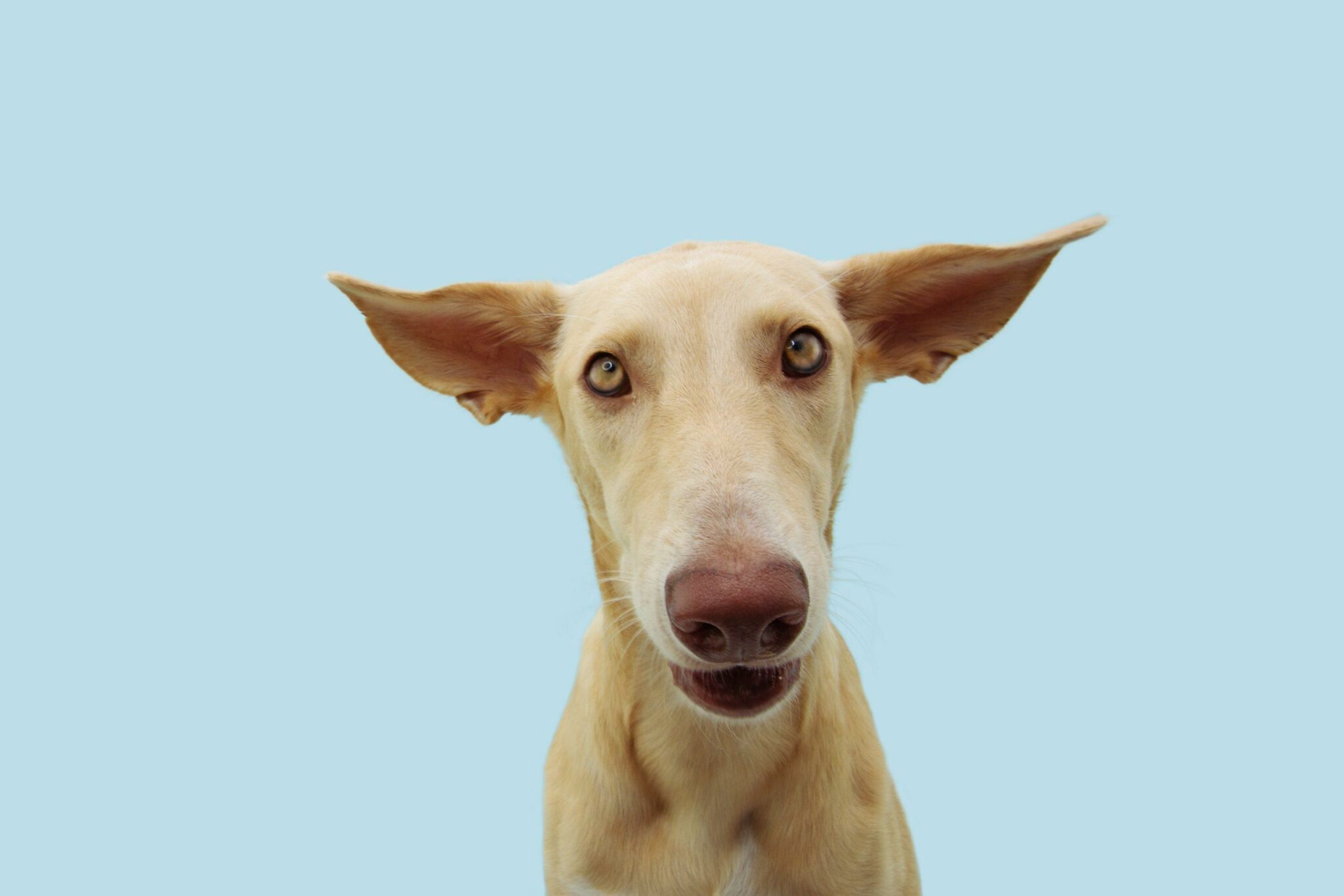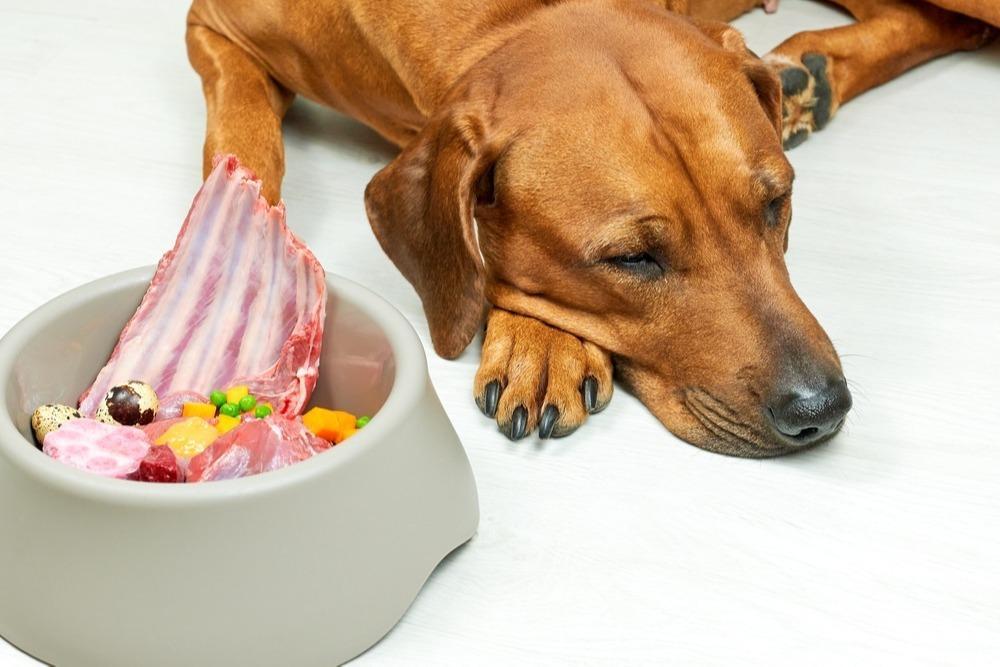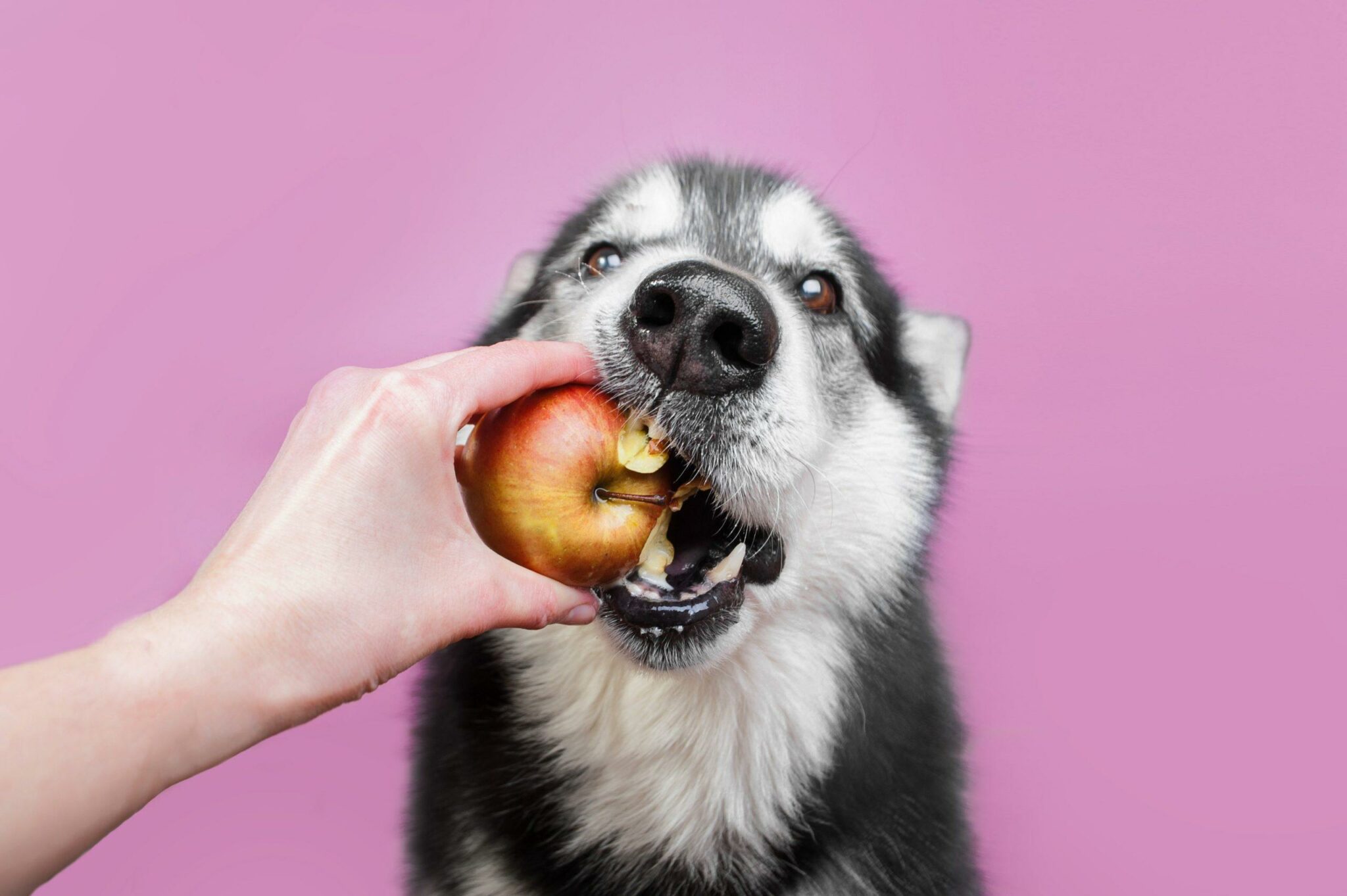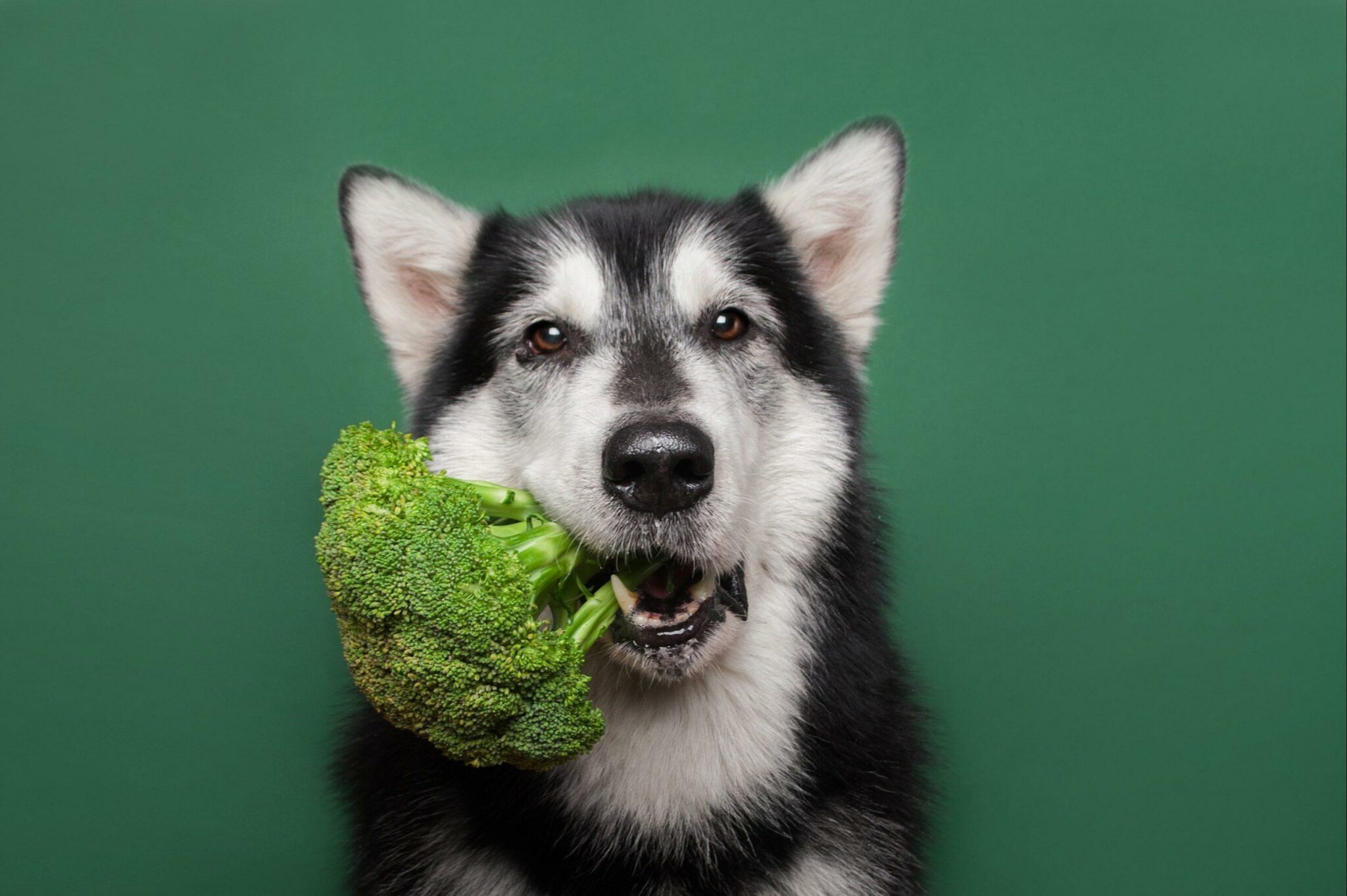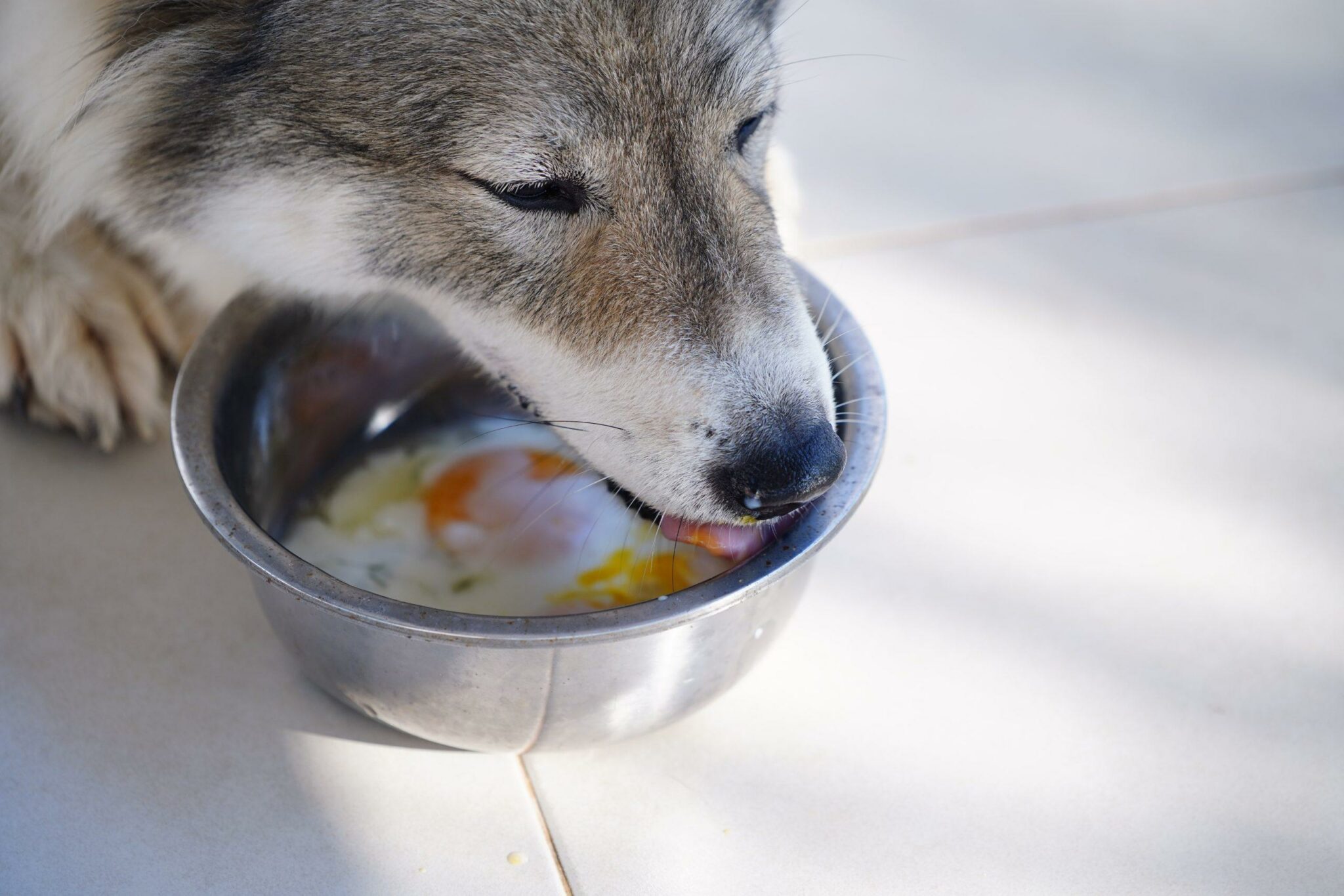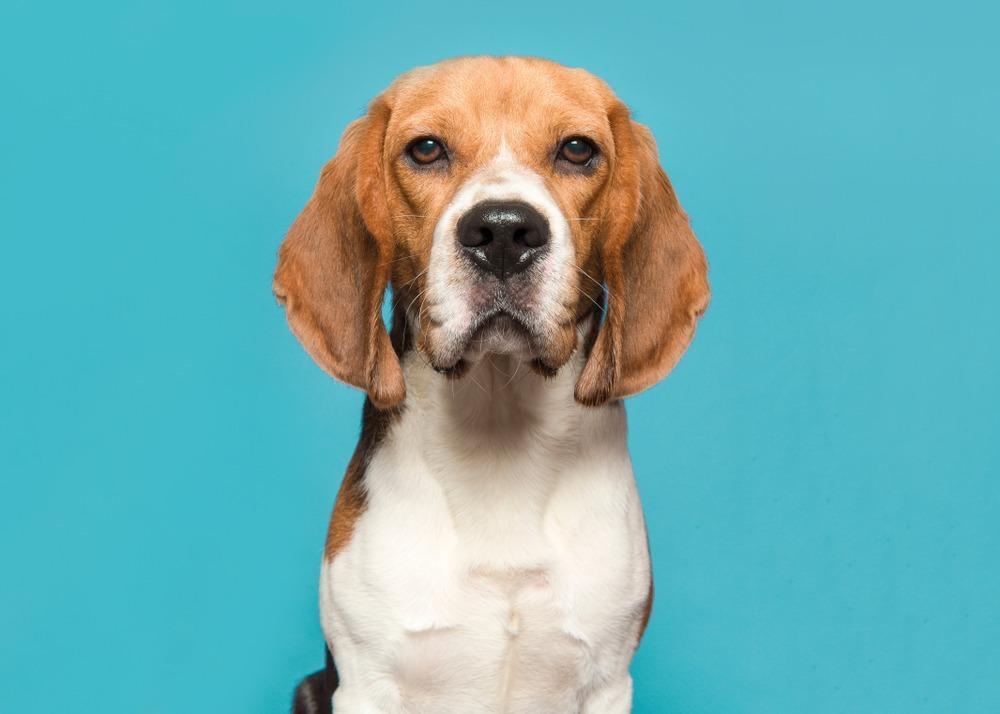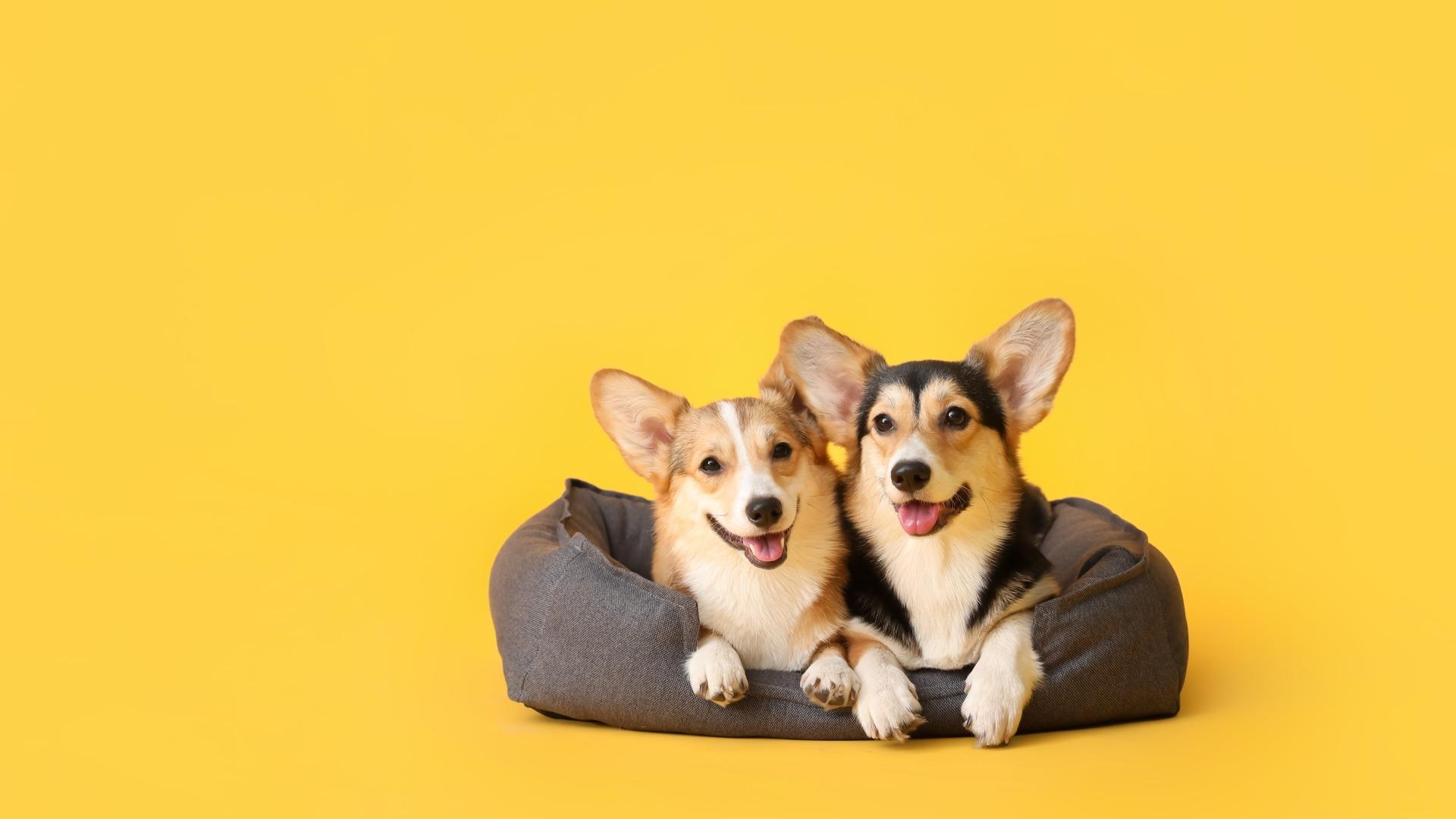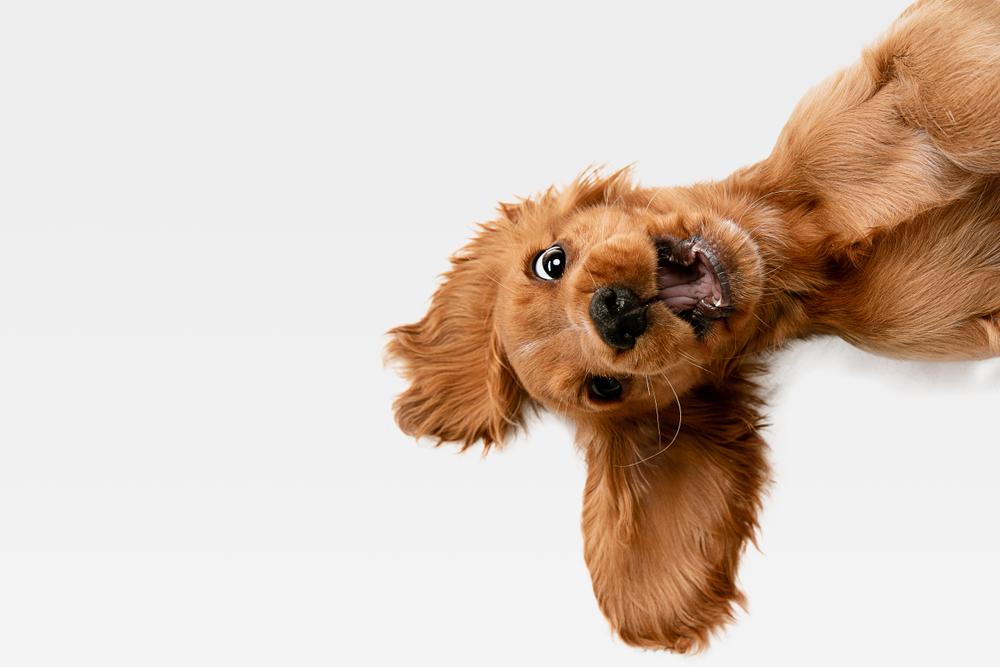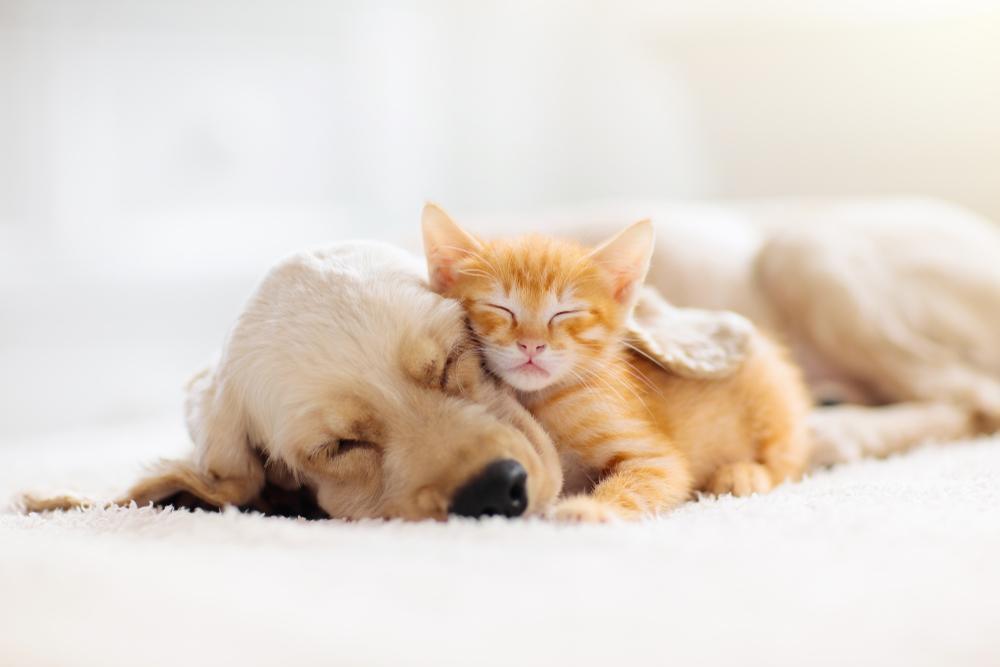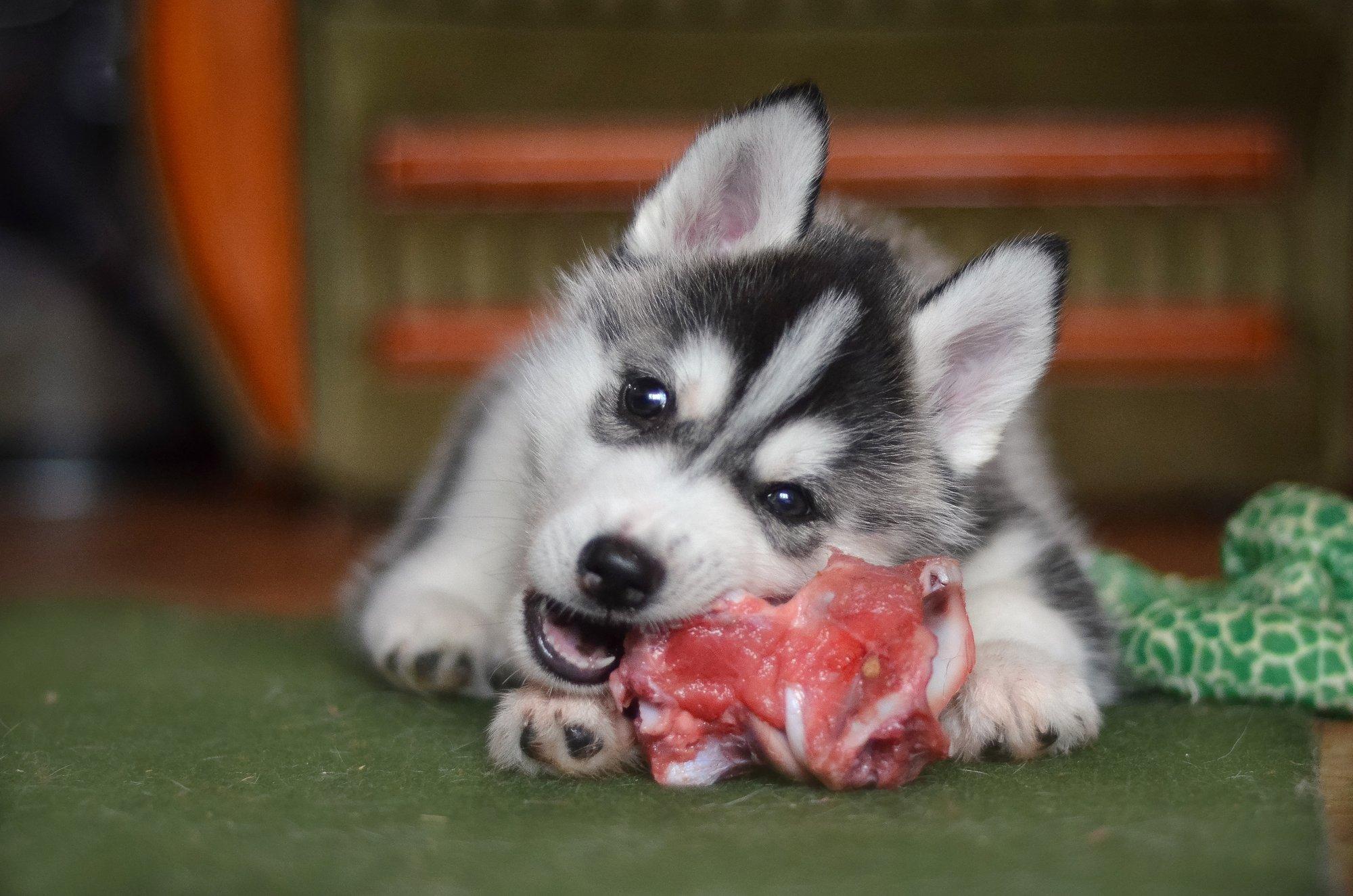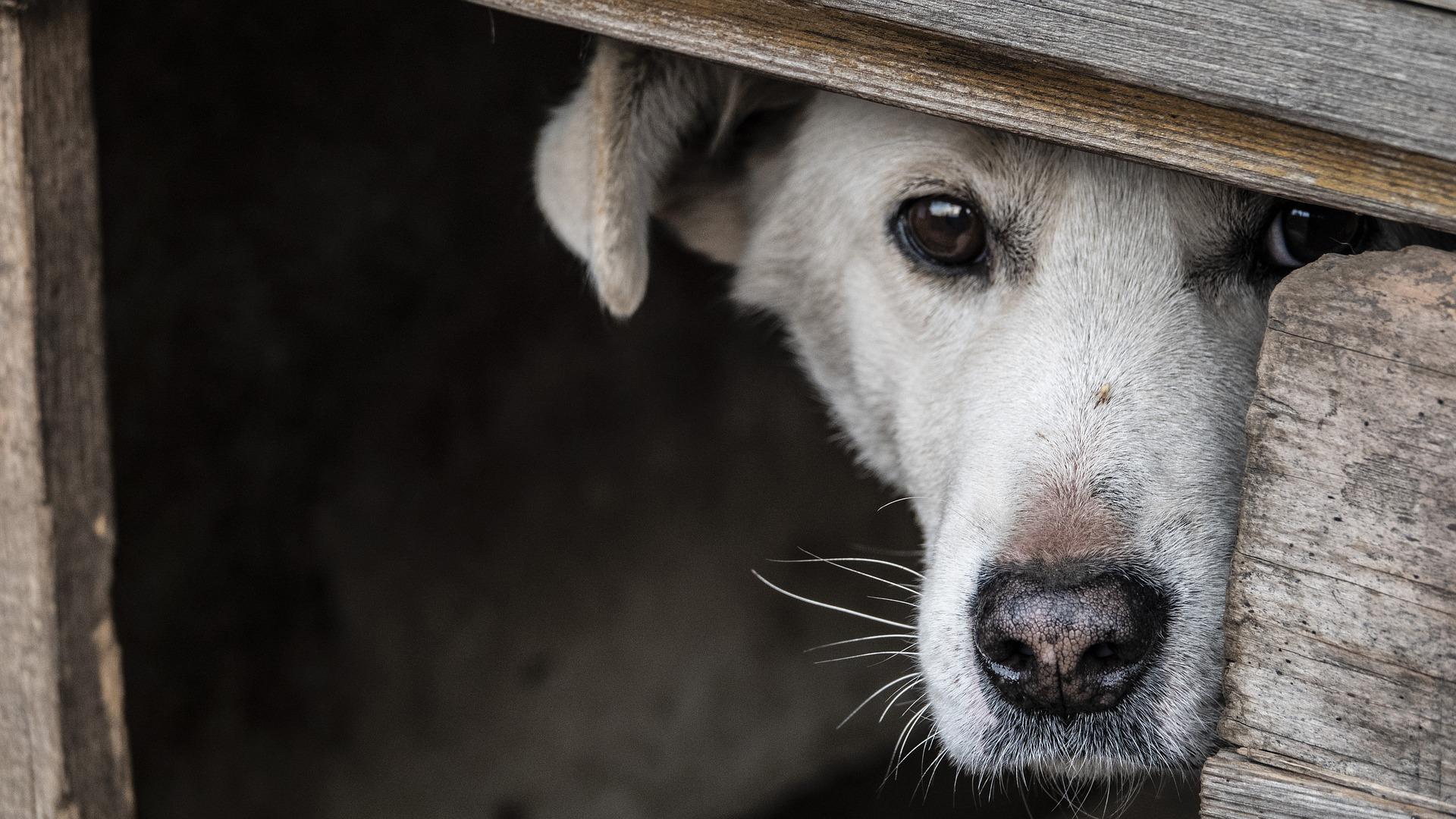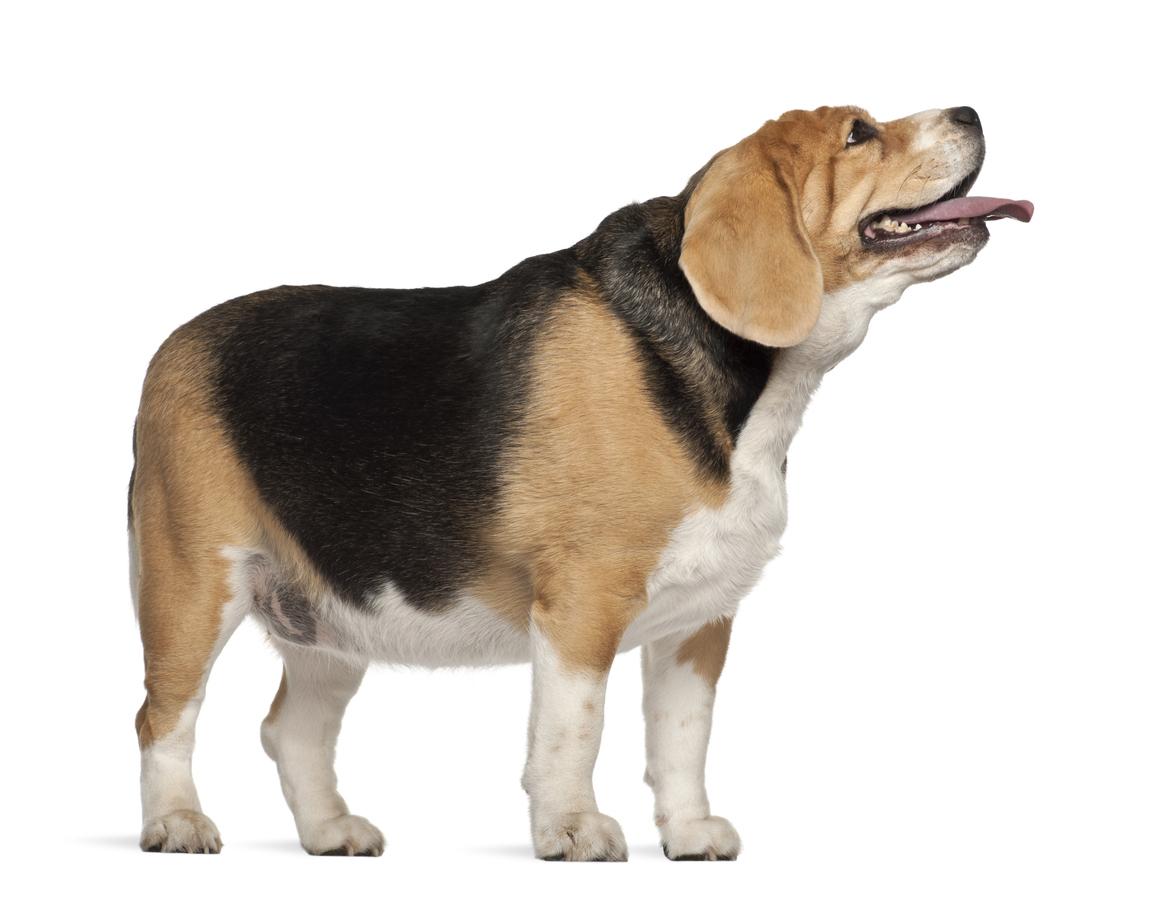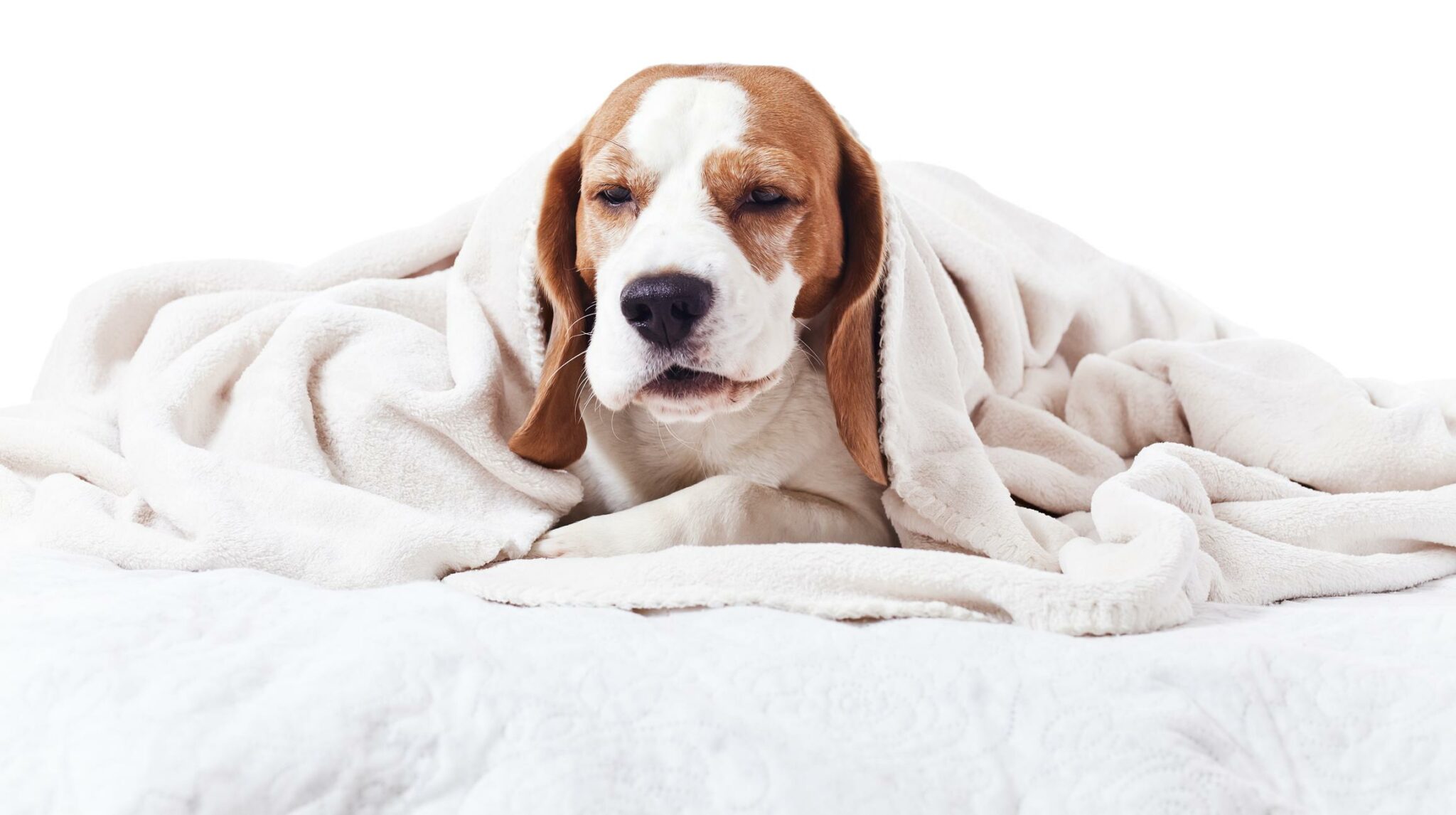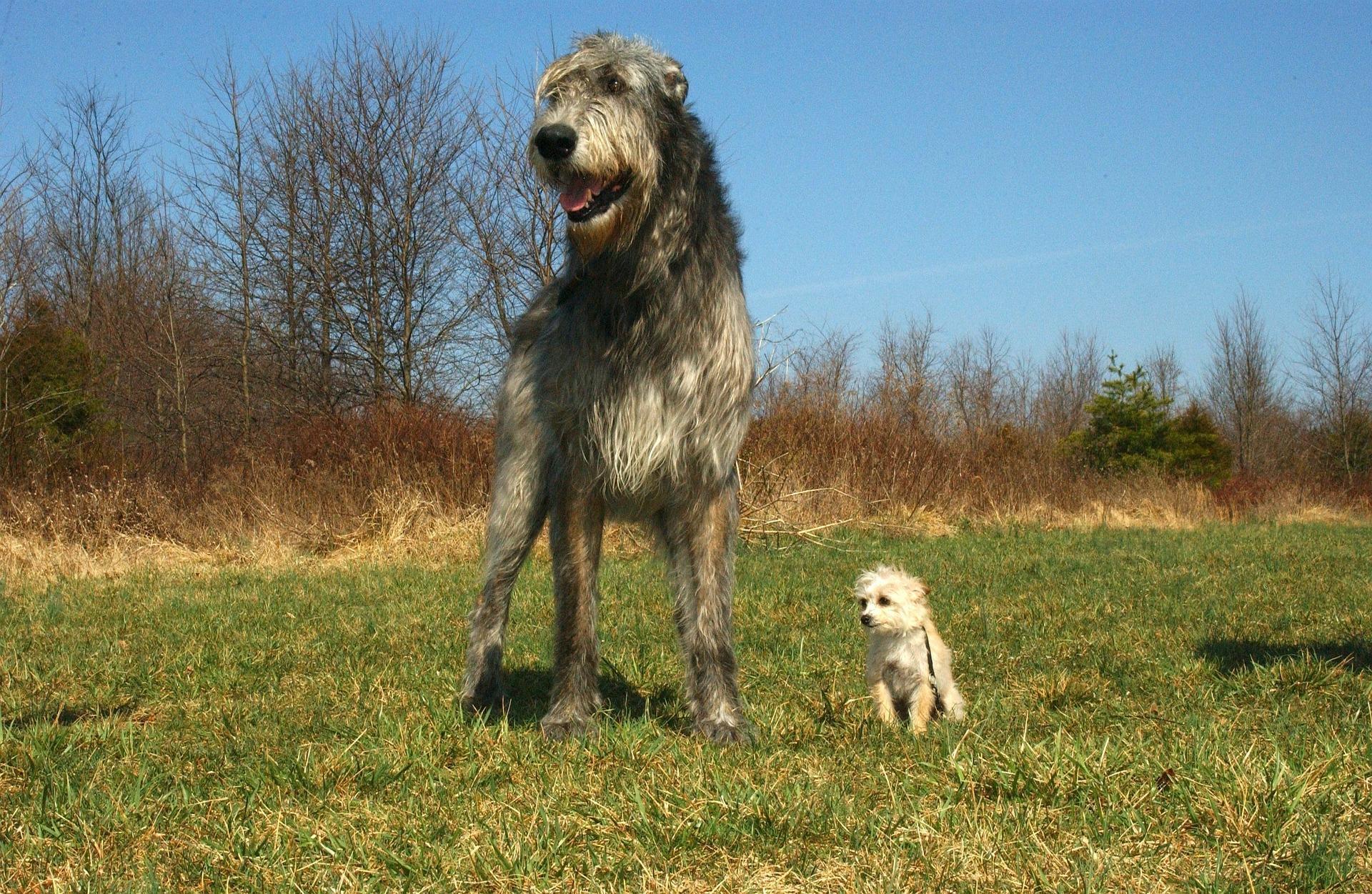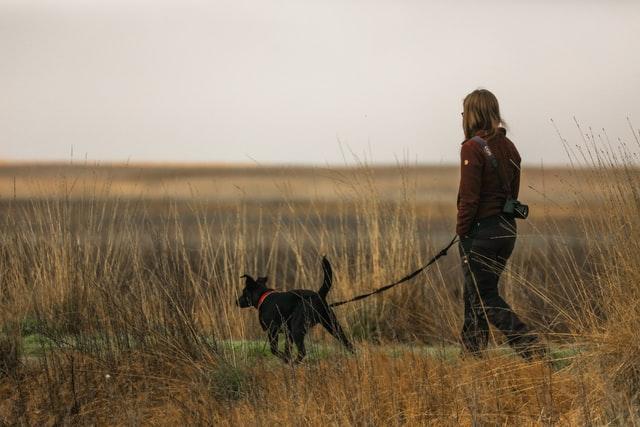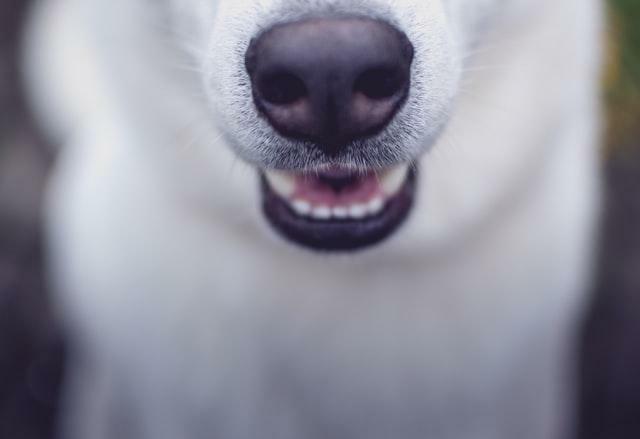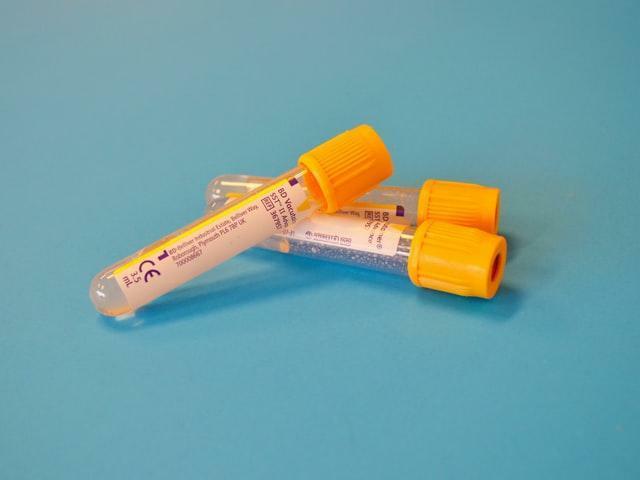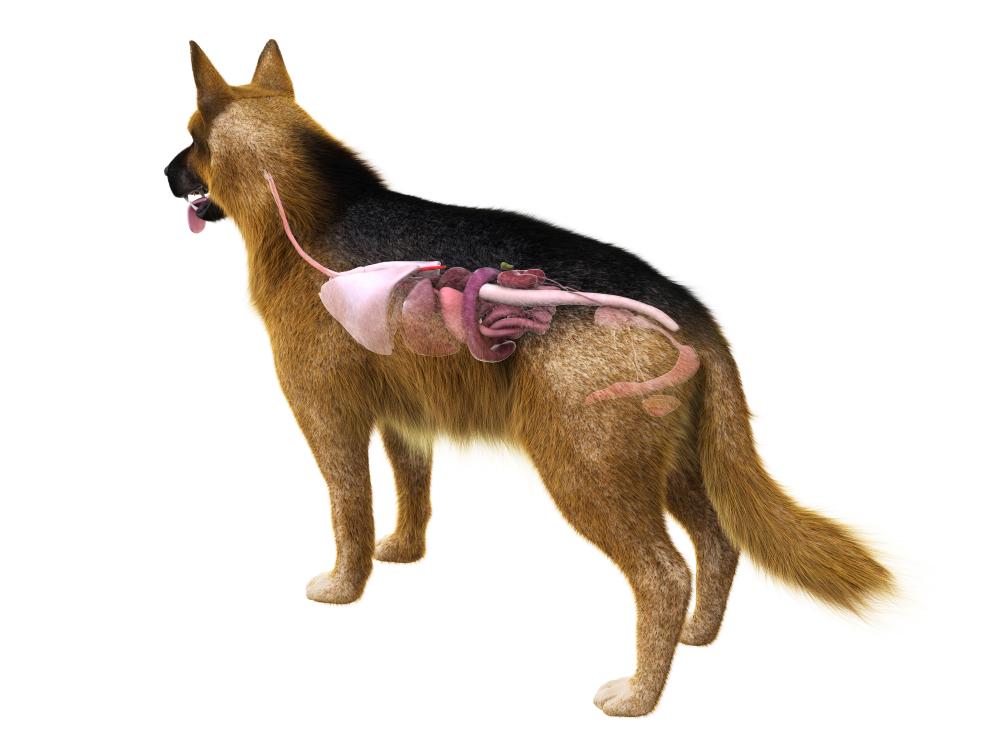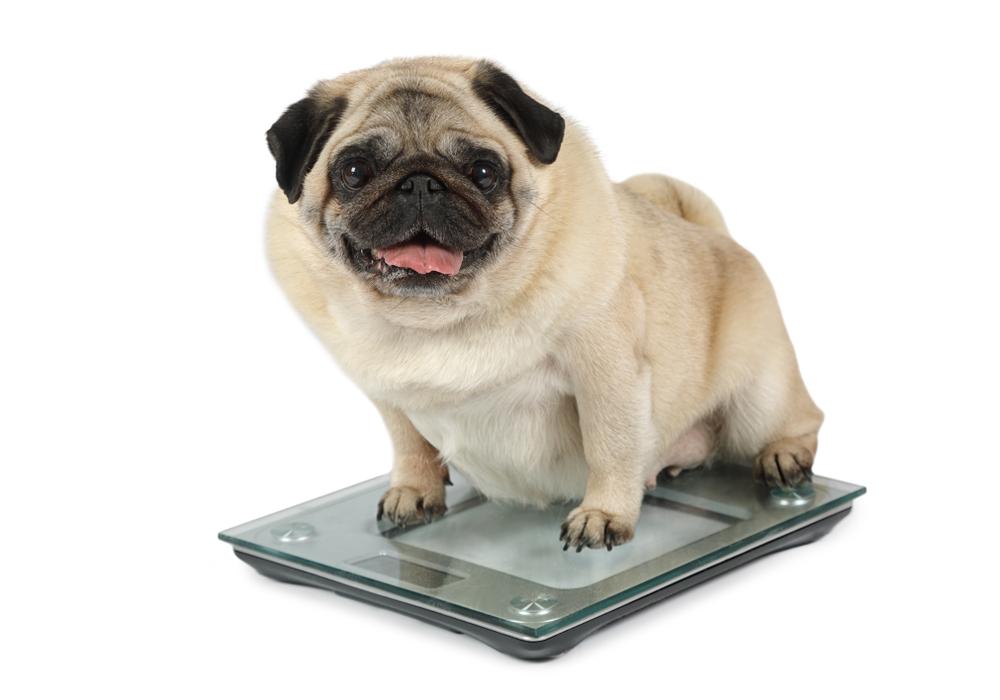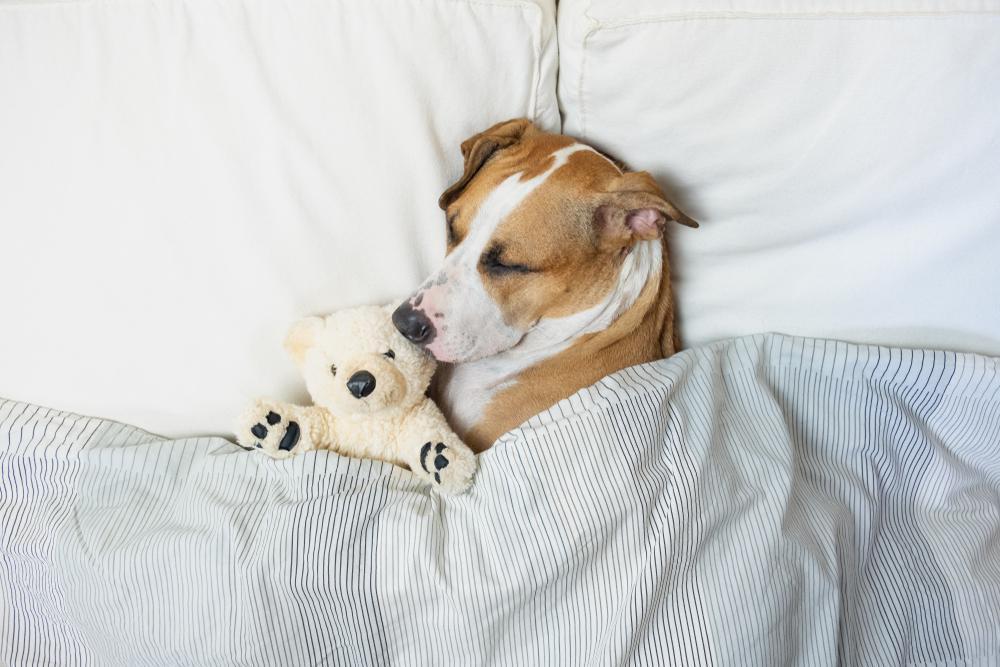In 2017, 56% of dogs in the US were classed as being overweight or obese. This is a whopping 50.2 million dogs who are at risk of developing secondary conditions such as arthritis, certain cancers, kidney disease and an overall poorer quality of life with a reduced life expectancy. Yet in the same time frame, 58% of dog owners said they had tried to help their dog lose weight.
The true obesity figures are hard to come by, but most practitioners that we speak with here at My Pet Nutritionist would say that obesity in pets is much higher.
If we know that our pet is overweight and we are actively trying to help them lose weight, what’s going on?
Most owners say it’s lack of time to exercise their dog, but exercise is just the tip of the iceberg when it comes to weight loss. So, we’ve put together our top tips for helping our pets lose weight.
1) Find out if your pet is overweight.
A dog in its range of ideal weight for its breed should have an hourglass figure from above. You should be able to see a definite waistline. If you feel their body, the ribs should be palpable, but you shouldn’t be able to
see them. During exercise, they will pant but they won’t be winded. They should be enthusiastic about movement. If you notice heavy panting, respiratory distress, general lethargy or reluctance to move along with what appears to be excess weight you really should be thinking about a dog diet (if other health issues have been ruled out of course).
2) Know the why!
The long-term impact of pet obesity includes:
- Heat intolerance
- Diabetes
- Liver disease
- Osteoarthritis
- Poor immune function
- CancerReduced life expectancy
Understanding that those extra pounds are seriously impacting our pet’s quality of life can help keep us on track.
3) Find out exactly what you’re feeding.
Studies have consistently shown that when fed the same number of calories, those dogs fed a low carb, but higher protein diet lost more body weight than those dogs fed a high carb, low protein diet.
Findings Here
This is why we would always advocate a whole food, fresh diet that is moderate in protein and fat.
If you’re not quite there with a fresh diet, studies have shown that pets fed on a canned diet as opposed to the equivalent dry, lose more fat.
Findings Here
4) Monitor Intake!
Any human who has tried to lose weight will remember being bombarded with information of what club to join or which diet to follow. None are quite as effective as keeping a food diary.
This is key to your dog lose weight too! 2 meals a day, or even 1, what more is there to record?
What about that crust off your sandwich, or the scraps the kids feed under the table? Or the treat the neighbour gives him every day? Once you start noticing and logging his food intake, you’ll be surprised at how many extra bits he gets!
5) Measure!
It may sound simple, but the most important part of helping your dog to lose weight is to measure their food.
Despite us doing it for years, feeding by eye can sometimes deceive us. It may seem a lot of work, but it really is the only way to ensure we are keeping tabs on what our pets are actually eating!
6) It’s all in the mind!
Most owners struggle with dog weight loss plans because they feel guilty! Those sad eyes looking up at you when they think you haven’t given them enough! Dogs are scavengers. It’s this trait that domesticated them from the ancient wolf.
Findings Here
Some breeds, like the Labrador also don’t seem to have a satiety switch. They also learn through reinforcement – they have probably learned that if they look at you long enough, you’ll give in and offer them extras!
Findings Here
If you feel guilty when you leave the house for a few hours, save some of their daily intake for when you’re leaving.
Do they always scrounge at the table when you’re eating, and you can’t say no? Put them in a different room whilst you’re eating or offer them a long-lasting chew (incorporated into their caloric intake).
7) Get by with a little help from my friends!
You’ve been in that situation, trying to cut back on certain foods, then your colleague brings cake in! Minus the cake, it is often other well-meaning friends and relatives that can sabotage your dog’s weight loss plan too.
You may be monitoring his calories, cutting back and watching everything that goes into his mouth, but if the children are still giving him scraps, the neighbours throwing treats over the fence and your Aunt feeding him sandwiches when she pops in to let him out, you’re on to a loser!
Let everyone know your plan. Explain why you need to cut back and the risks associated with being over-weight. If they adore him enough to treat him, they’ll soon support your plan.
If you don’t want to stop the treats, you could work out some calorie allowance by reducing some of his meal intake. Work out how many treats this is and put them in a jar on the tabletop. Let friends and family know that they can treat him from this jar. If it’s empty – he’s had his lot for the day!
8) Feed animals separately!
Whilst the plan so far seems easy, as soon as you throw other pets into the mix it becomes more difficult. If they are fed in the same room, they can swap bowls and finish each other’s meals.
If you have cats, you can bet your life the dog is eating the cat food too!
Part of your dog weight plan needs to make provision for feeding animals separately.
Summary
It is generally thought that the single best way to shed unwanted weight is a calorie-controlled diet, and this is mostly correct. But obesity is multifactorial. These are our top tips to support a weight management plan, but to get a full understanding of obesity and the full scope of the issue you may want to check out our other blogs.
Obesity in Pets – Part One
Obesity in Pets – Part Two
In addition, if you would like any support in tackling obesity in your pet, then please check out our services.
Thanks for reading,
Team MPN x


